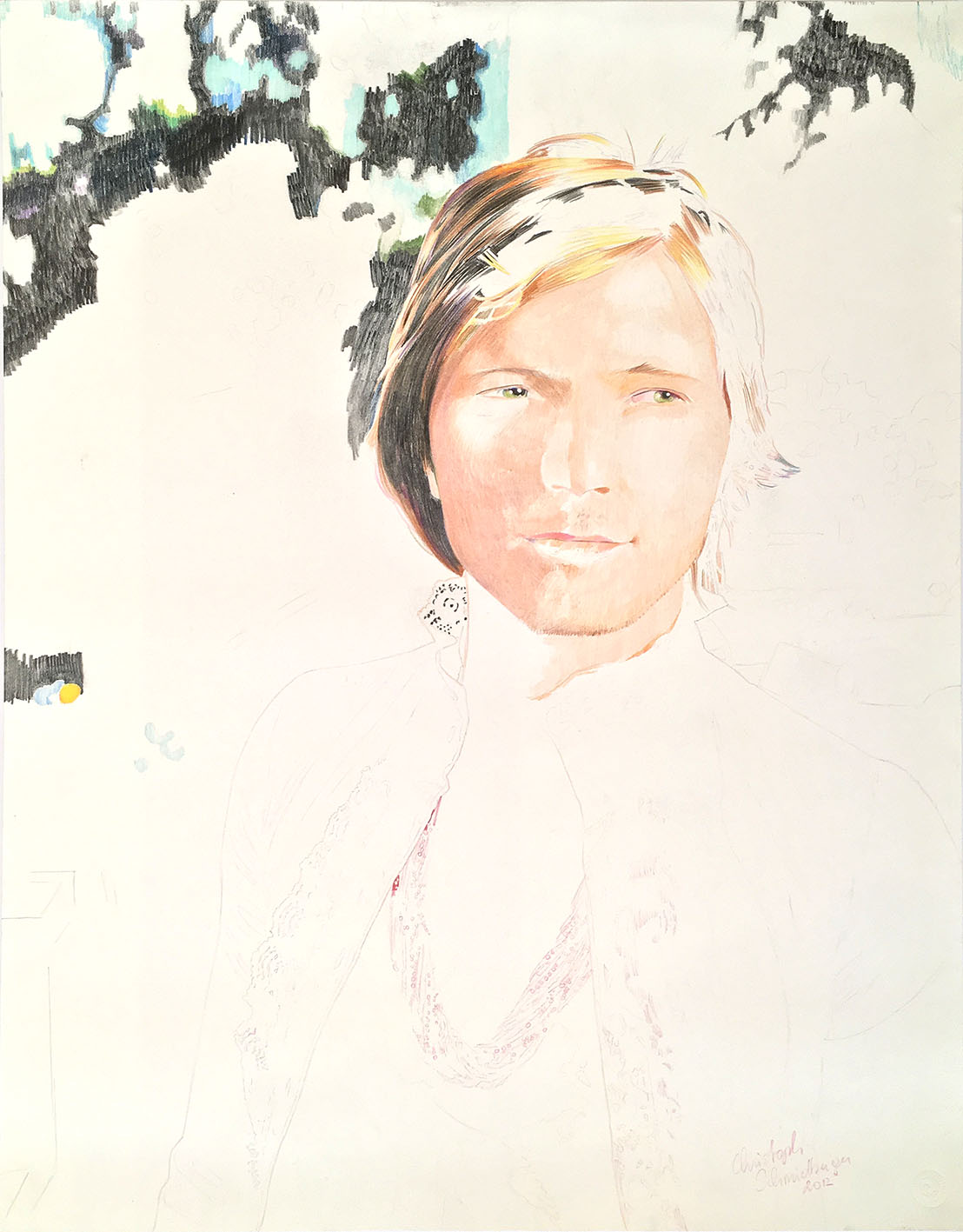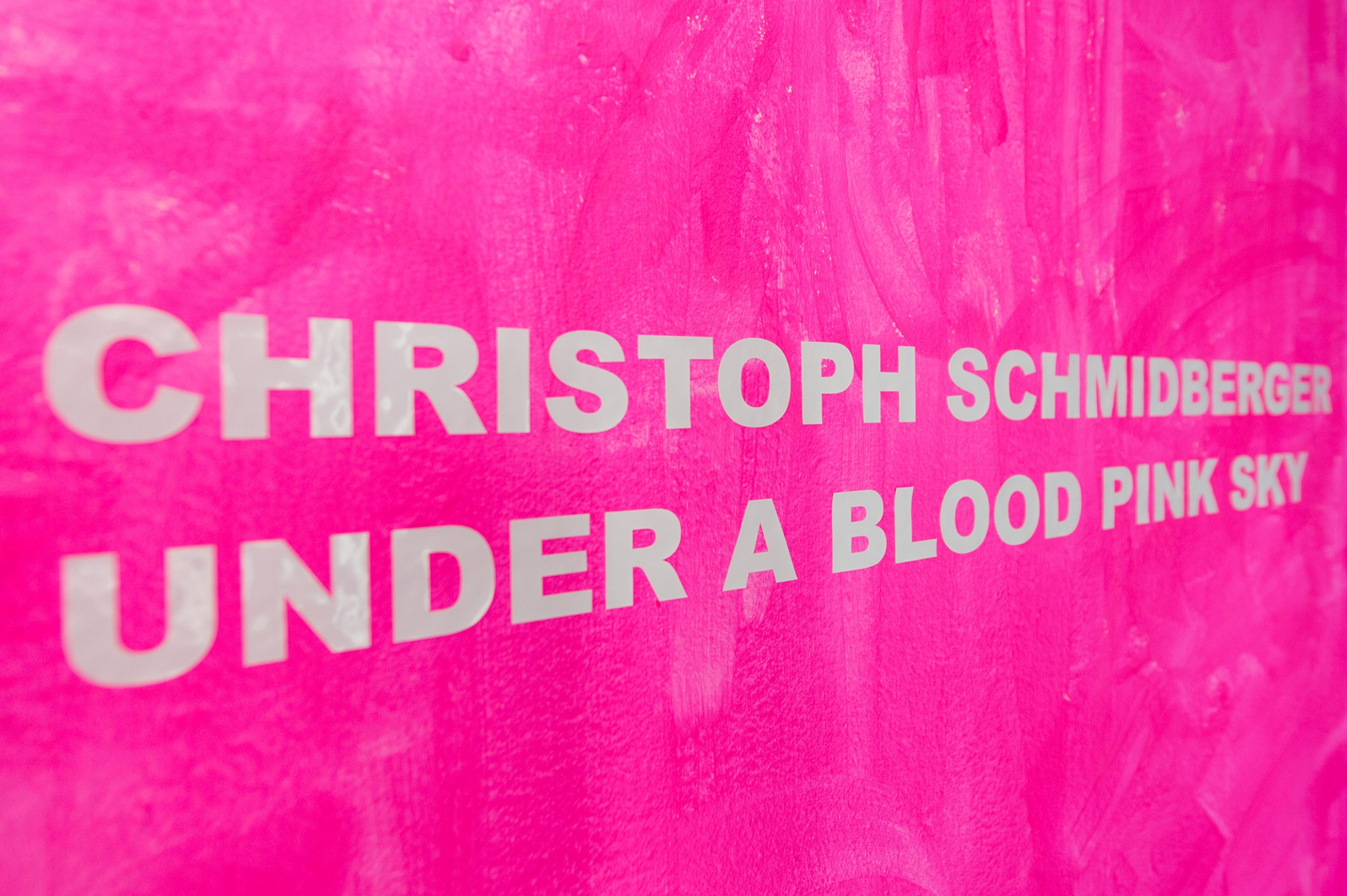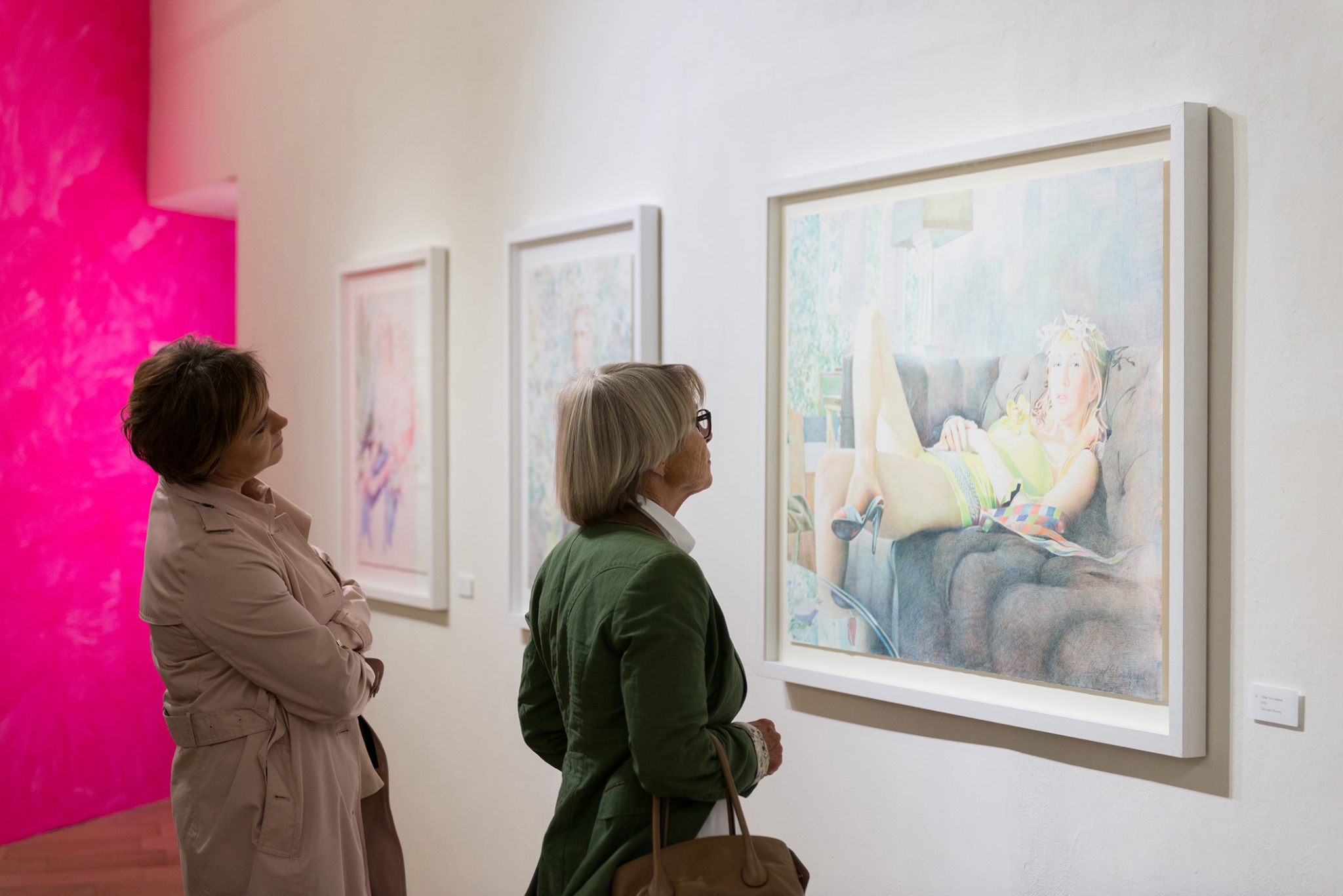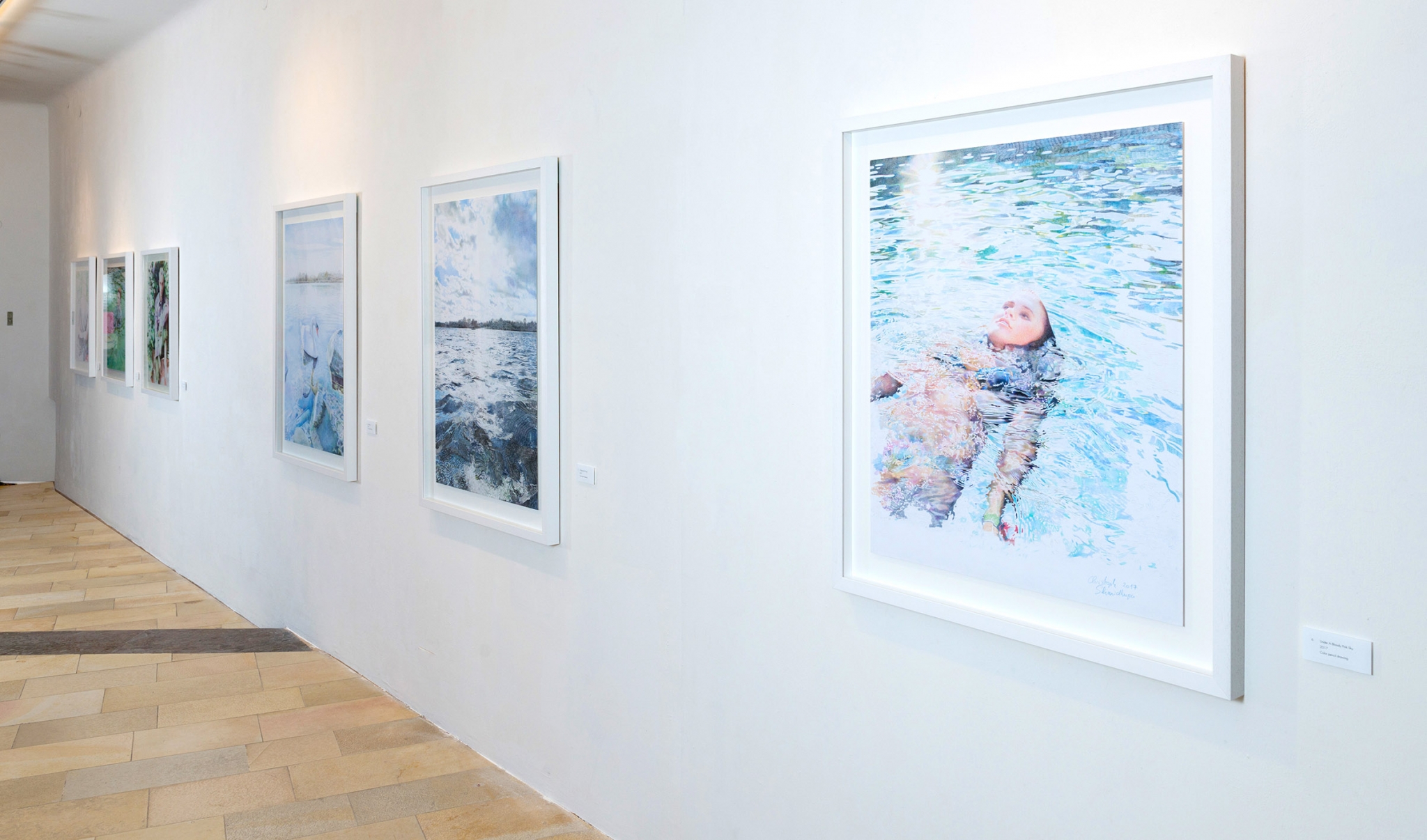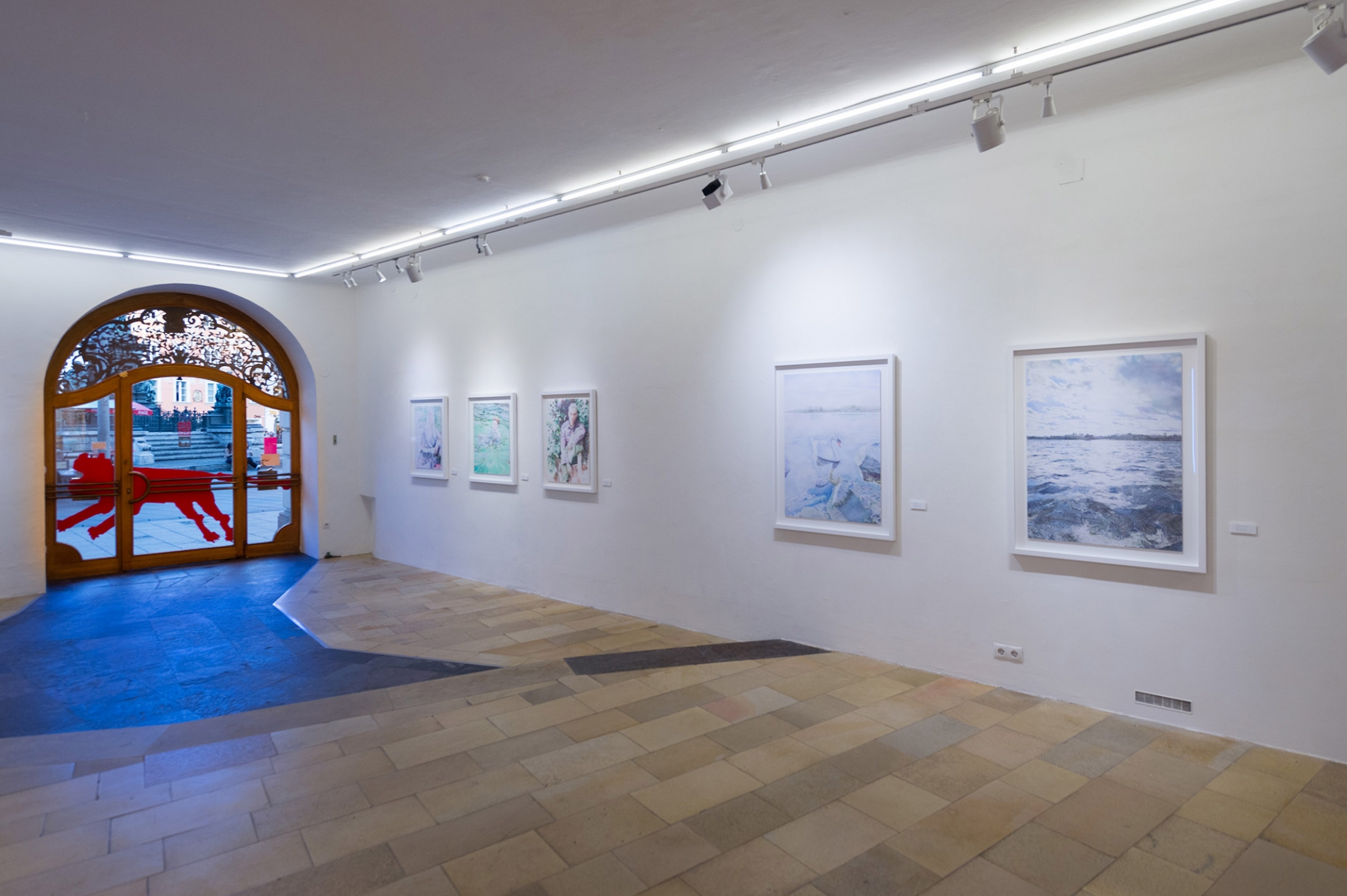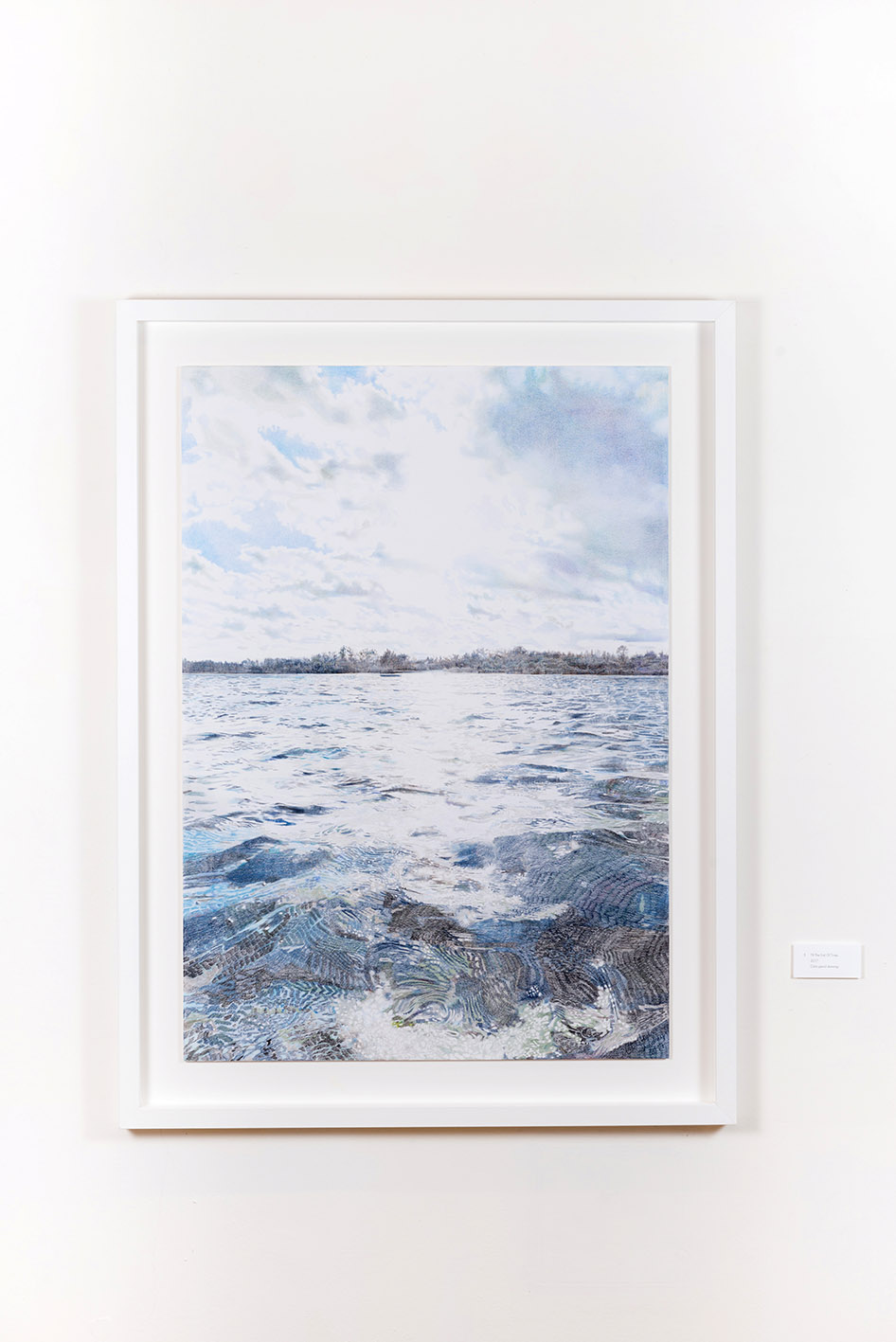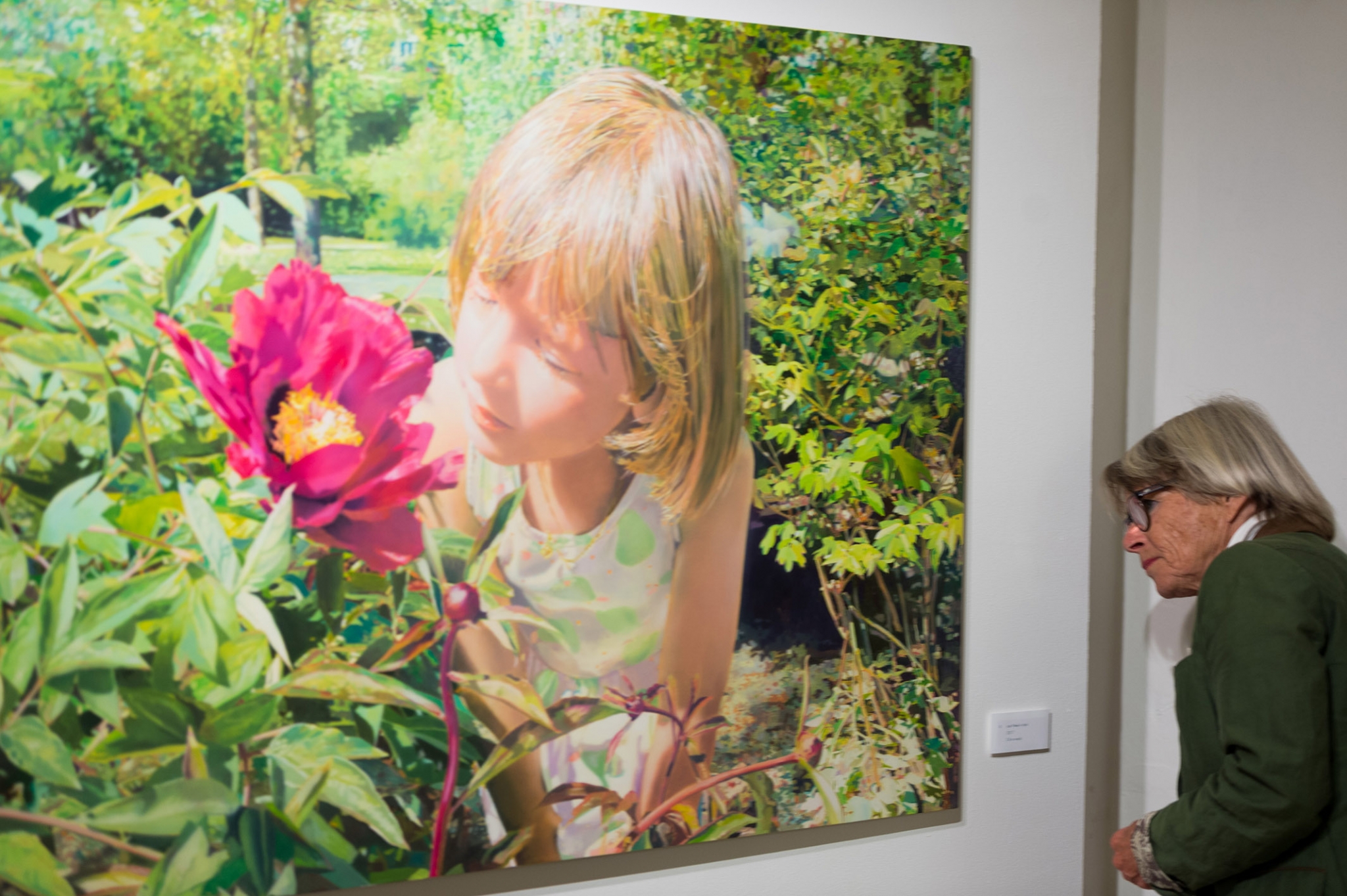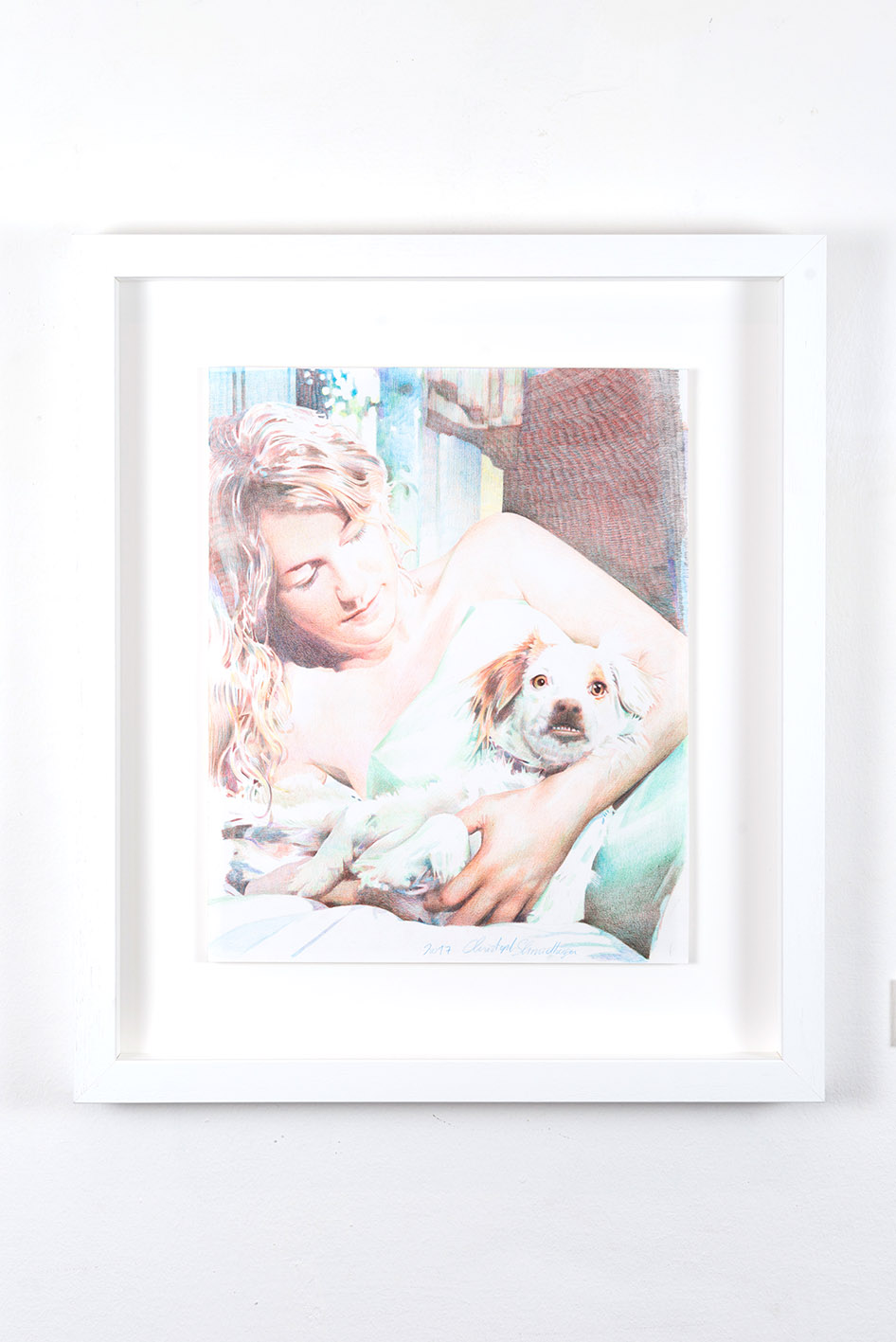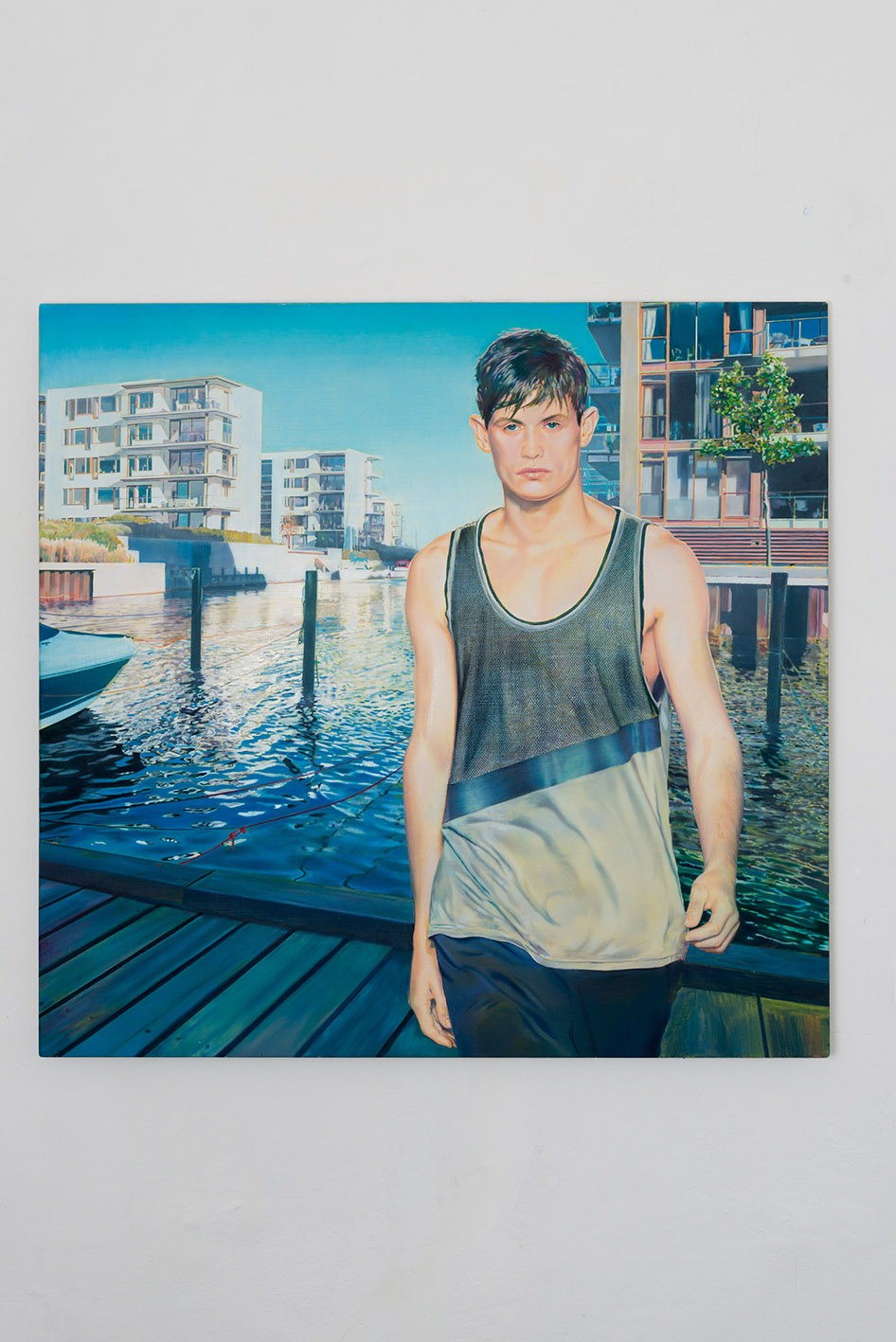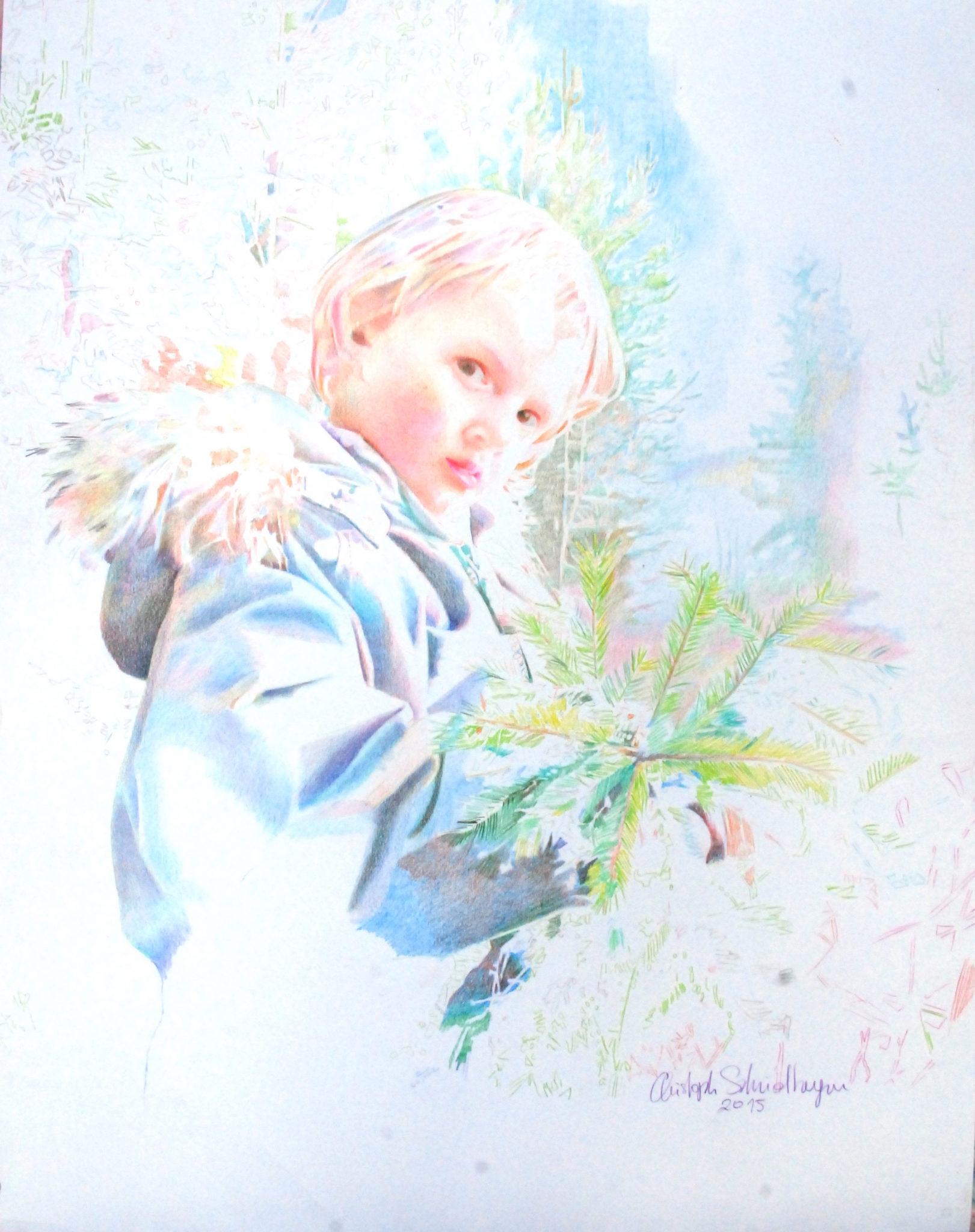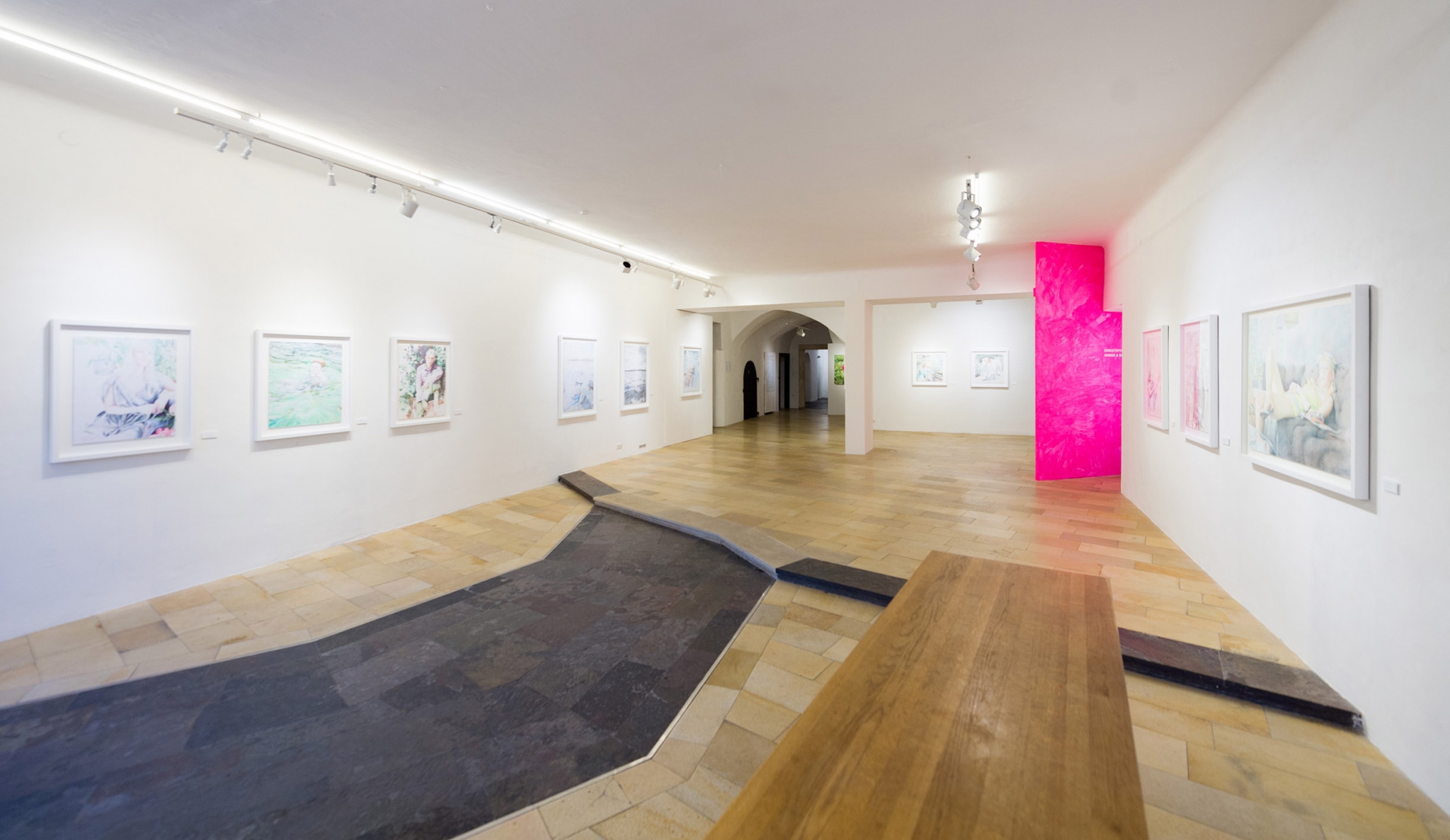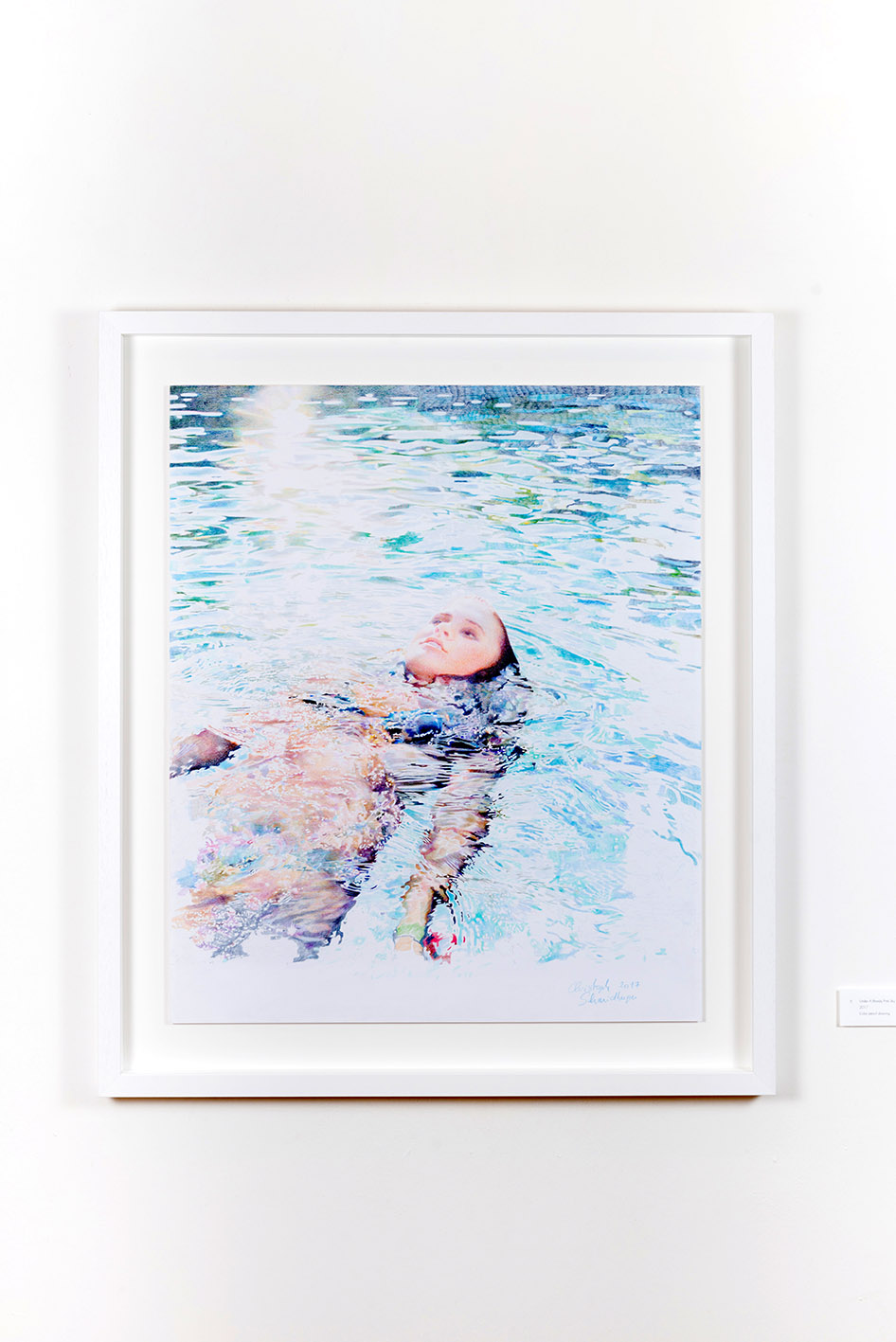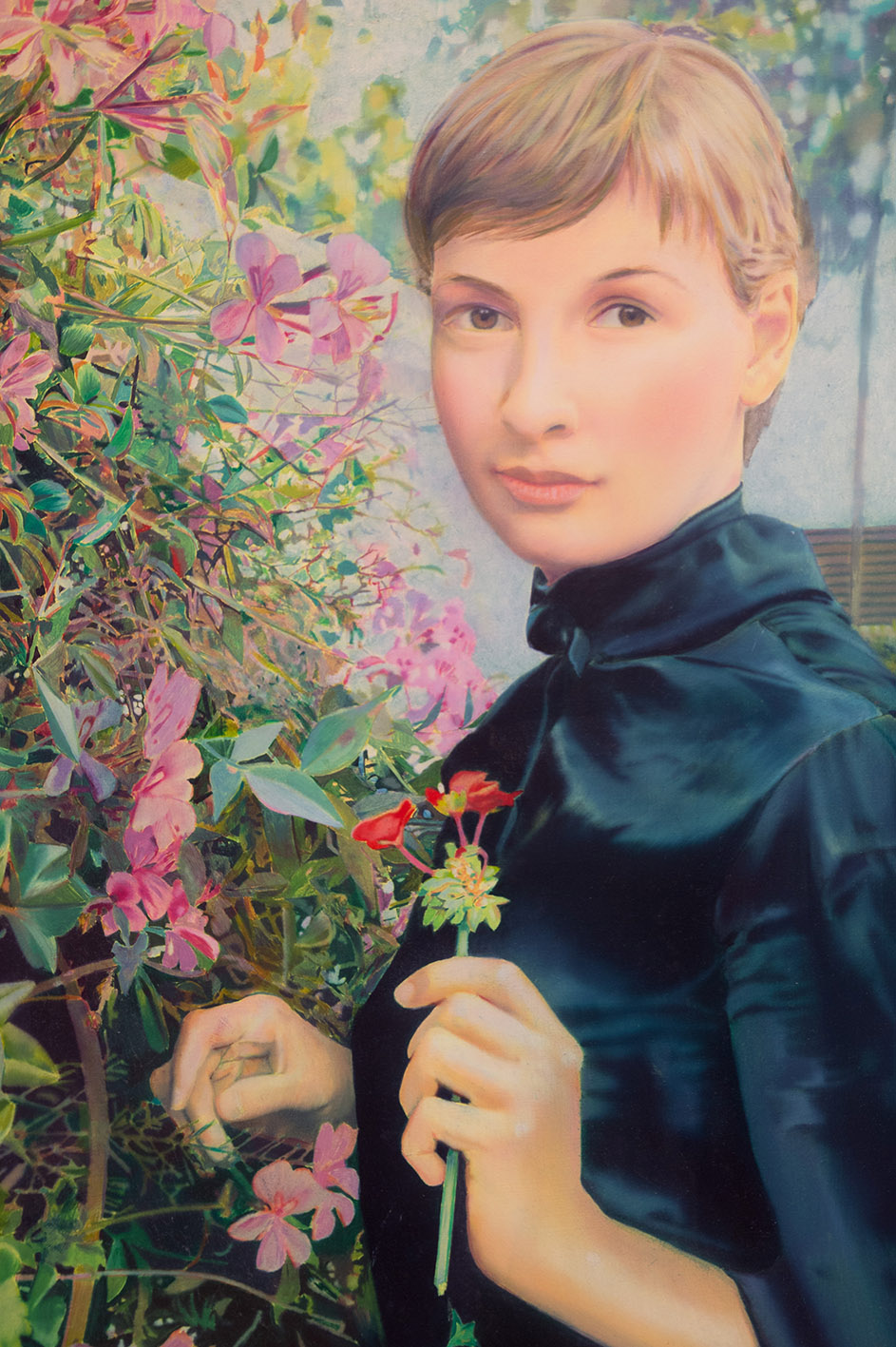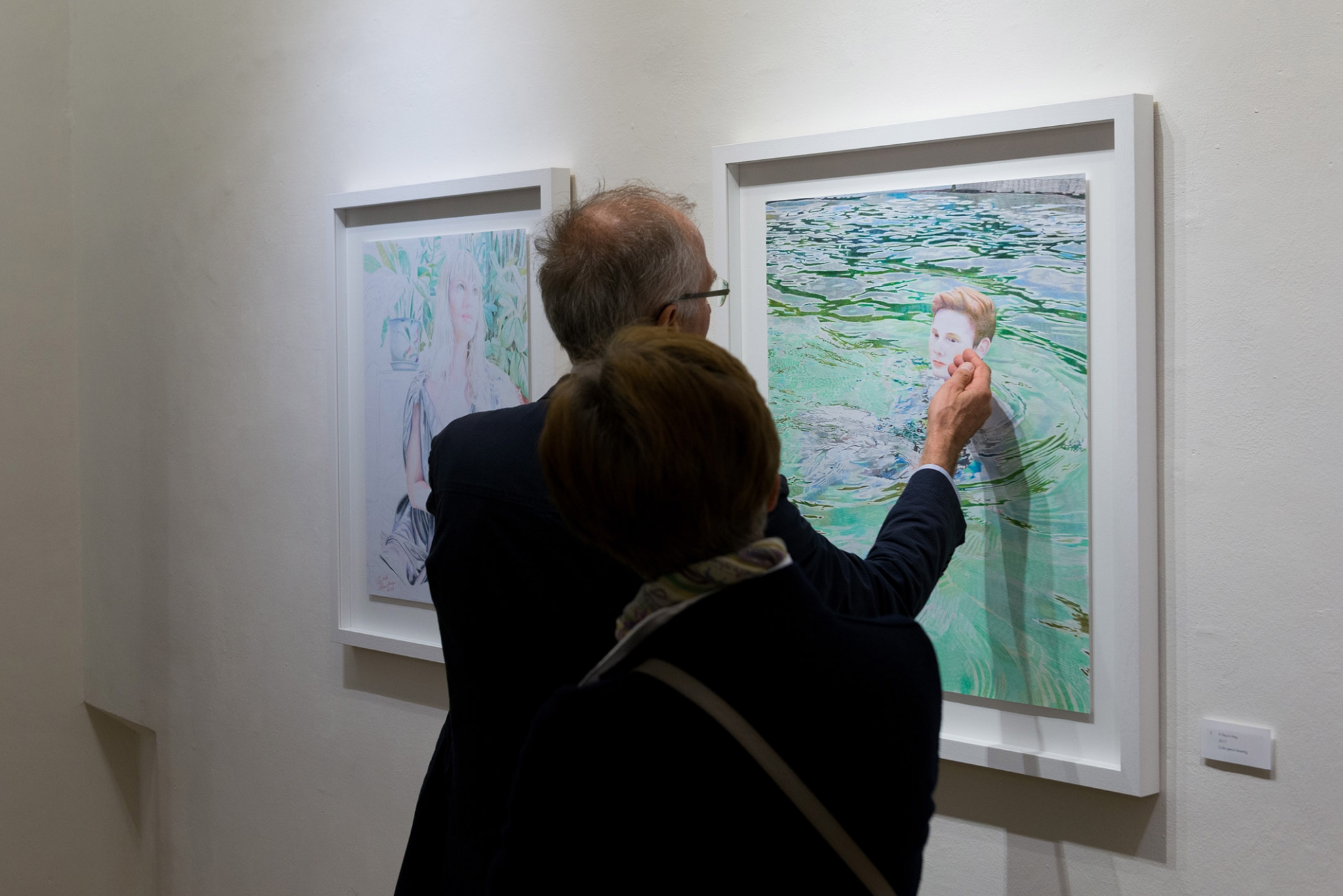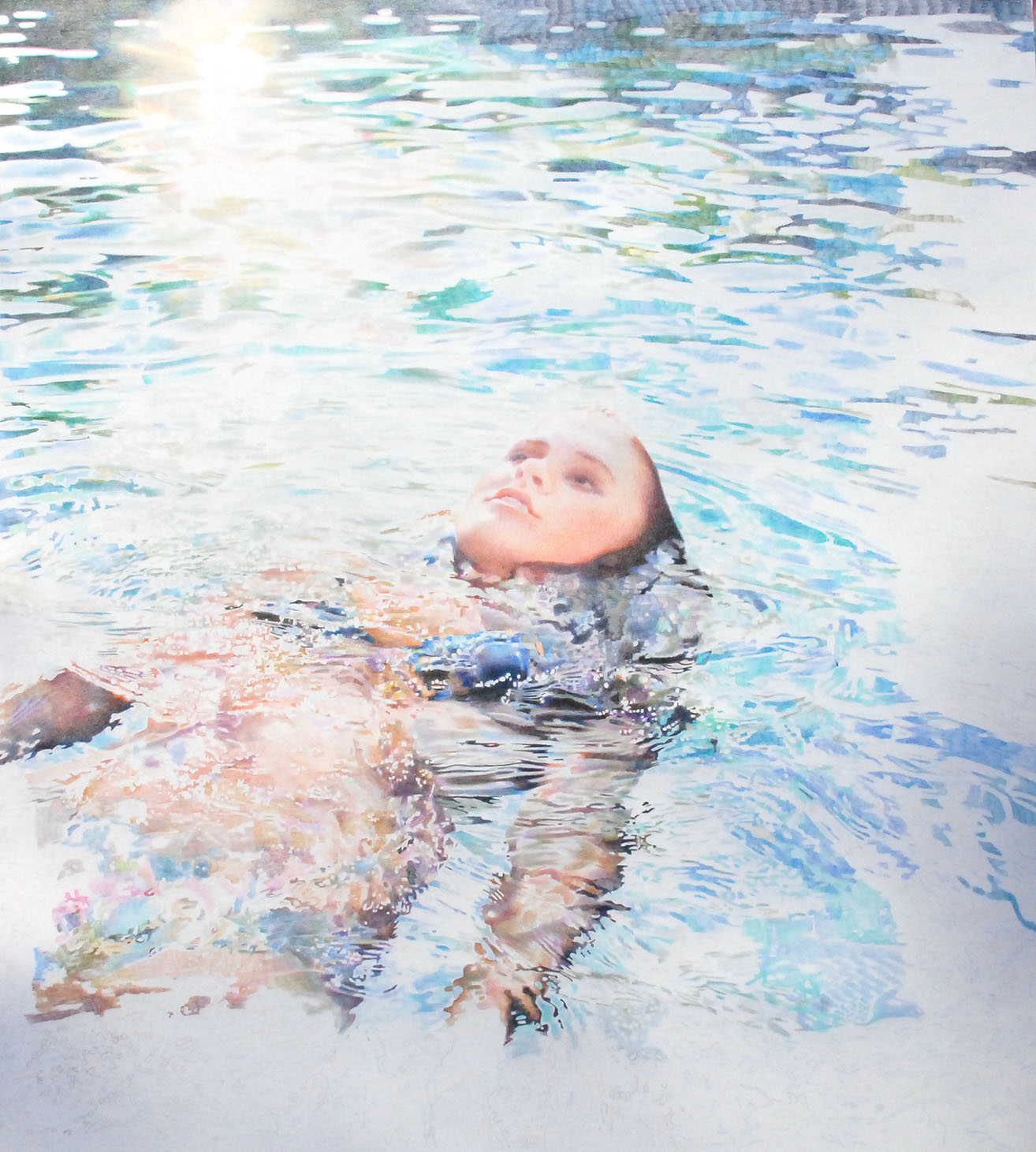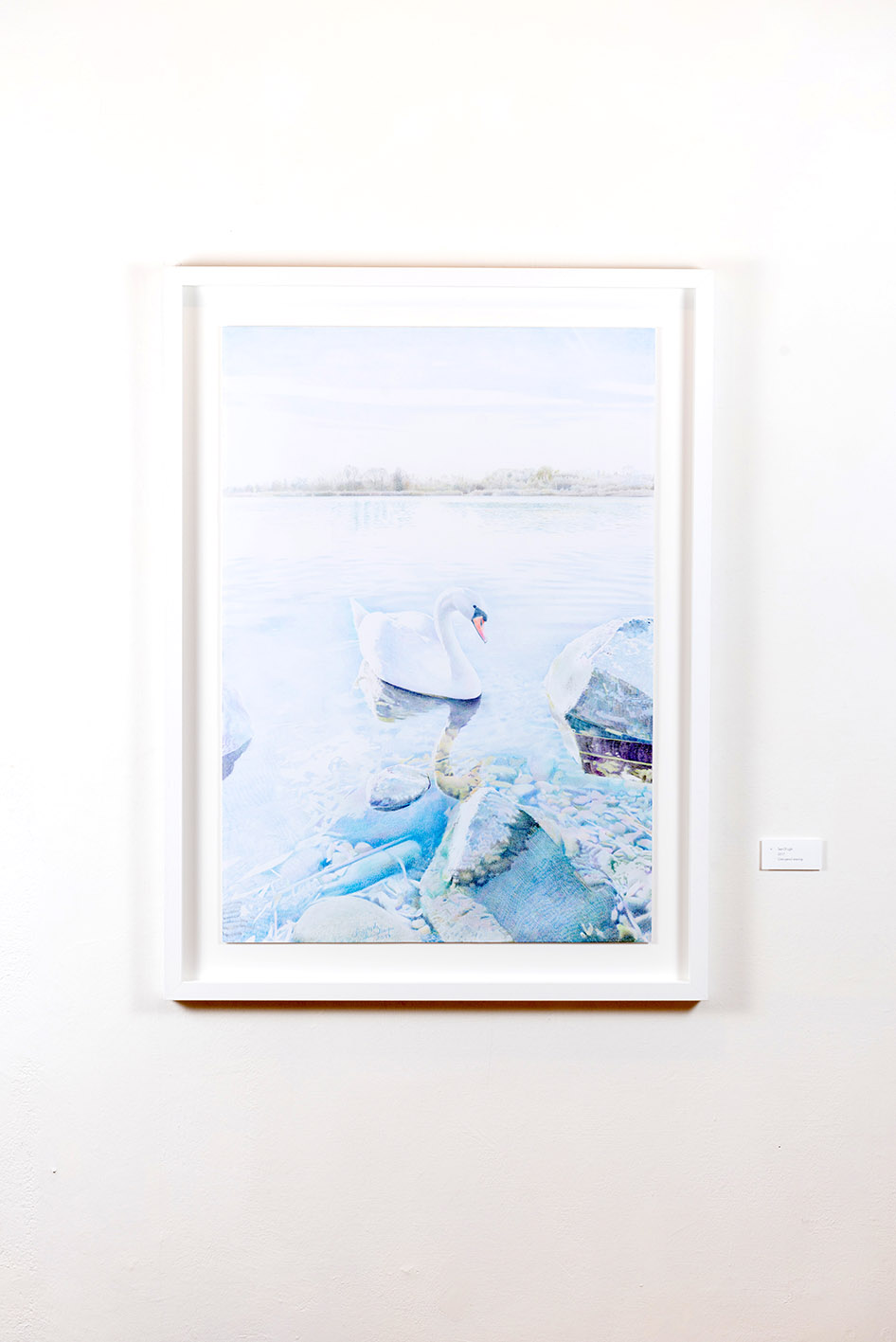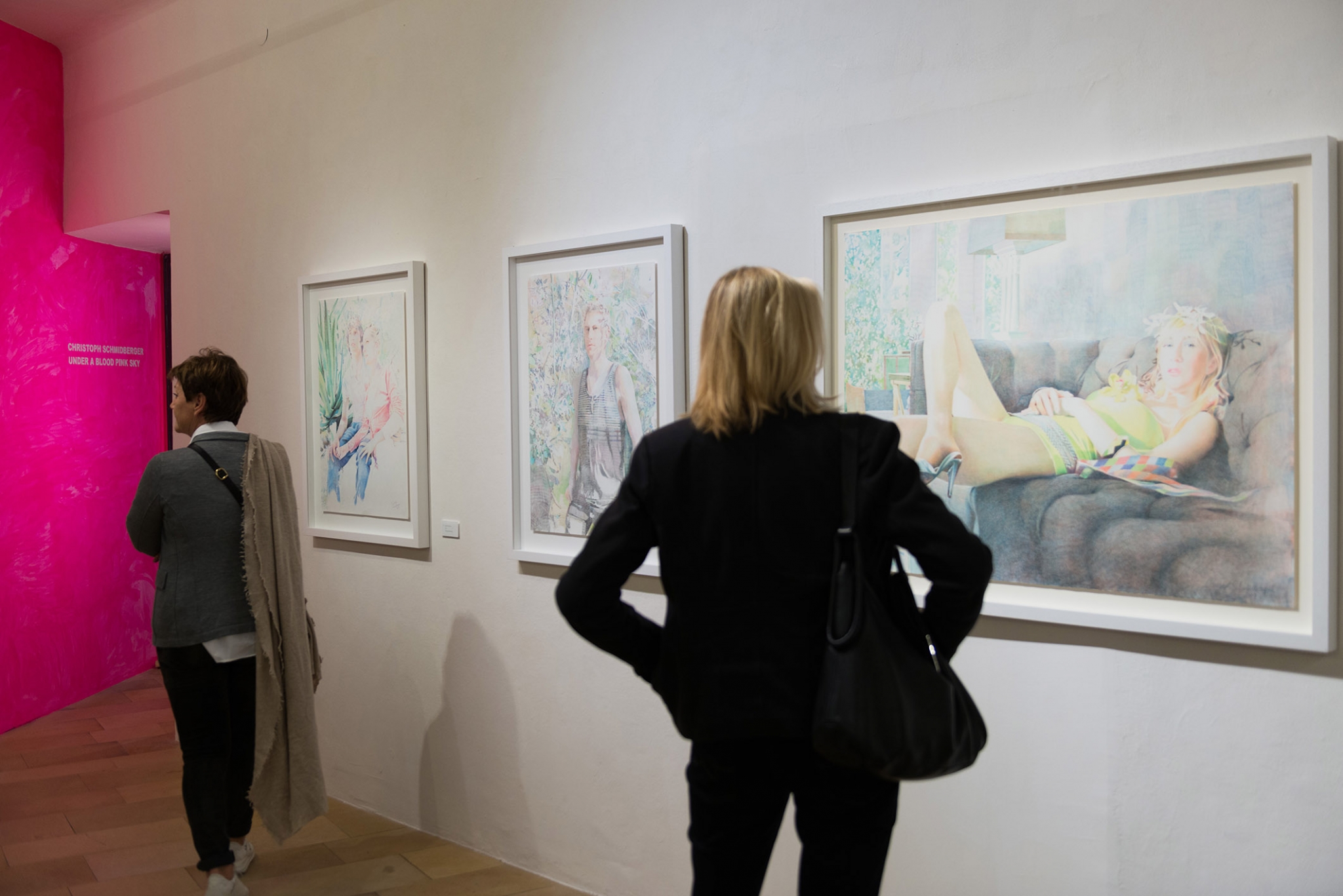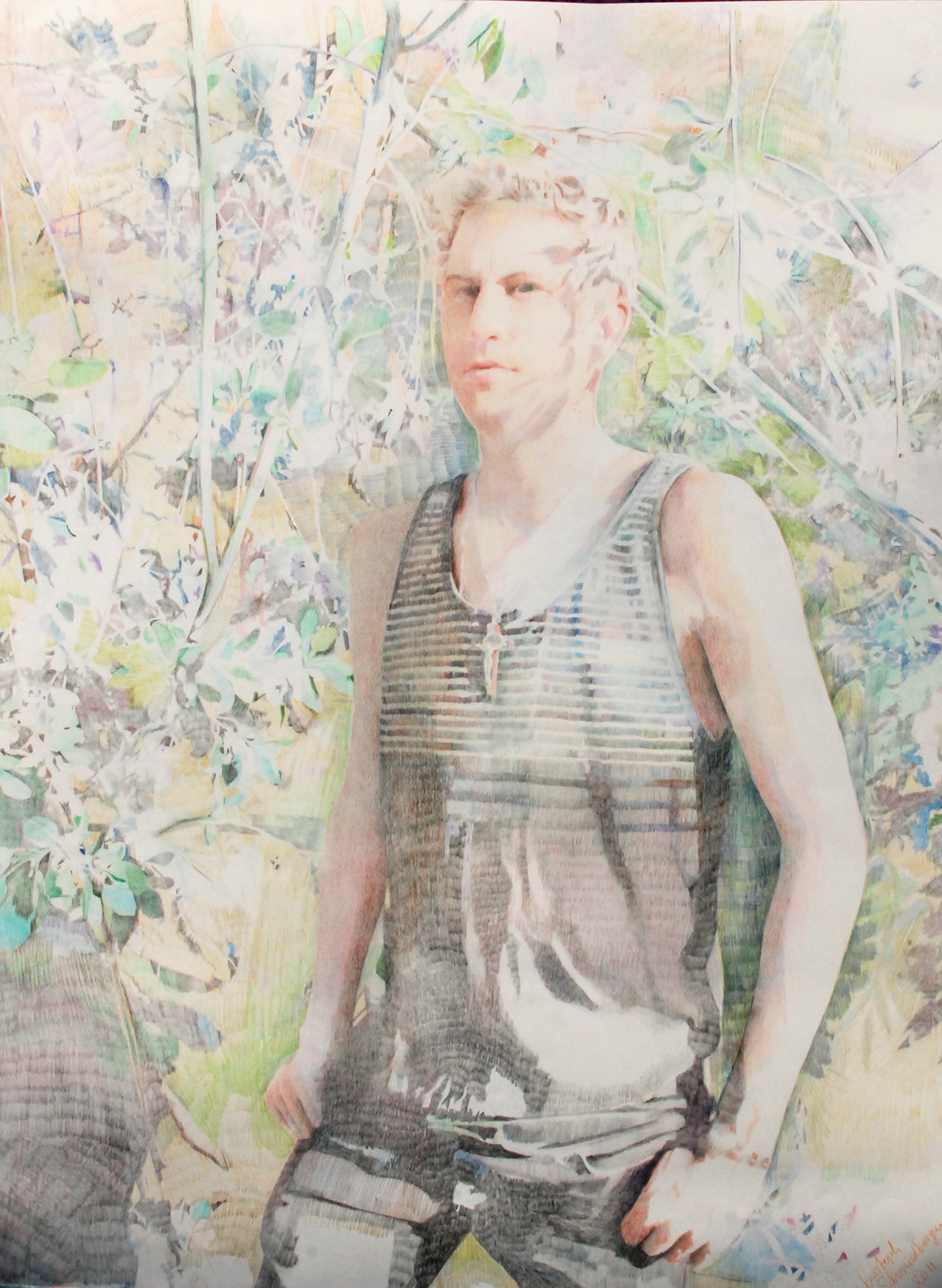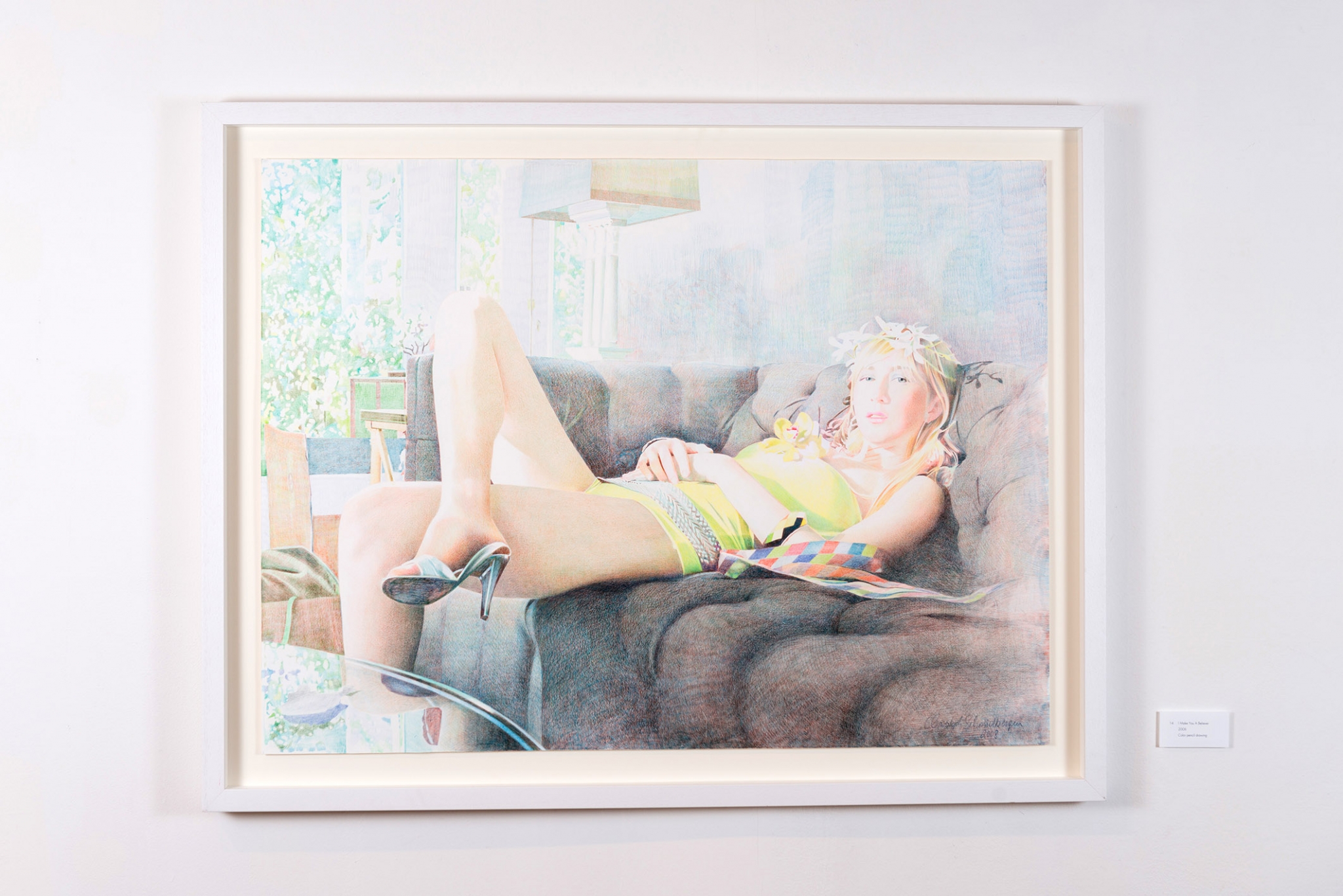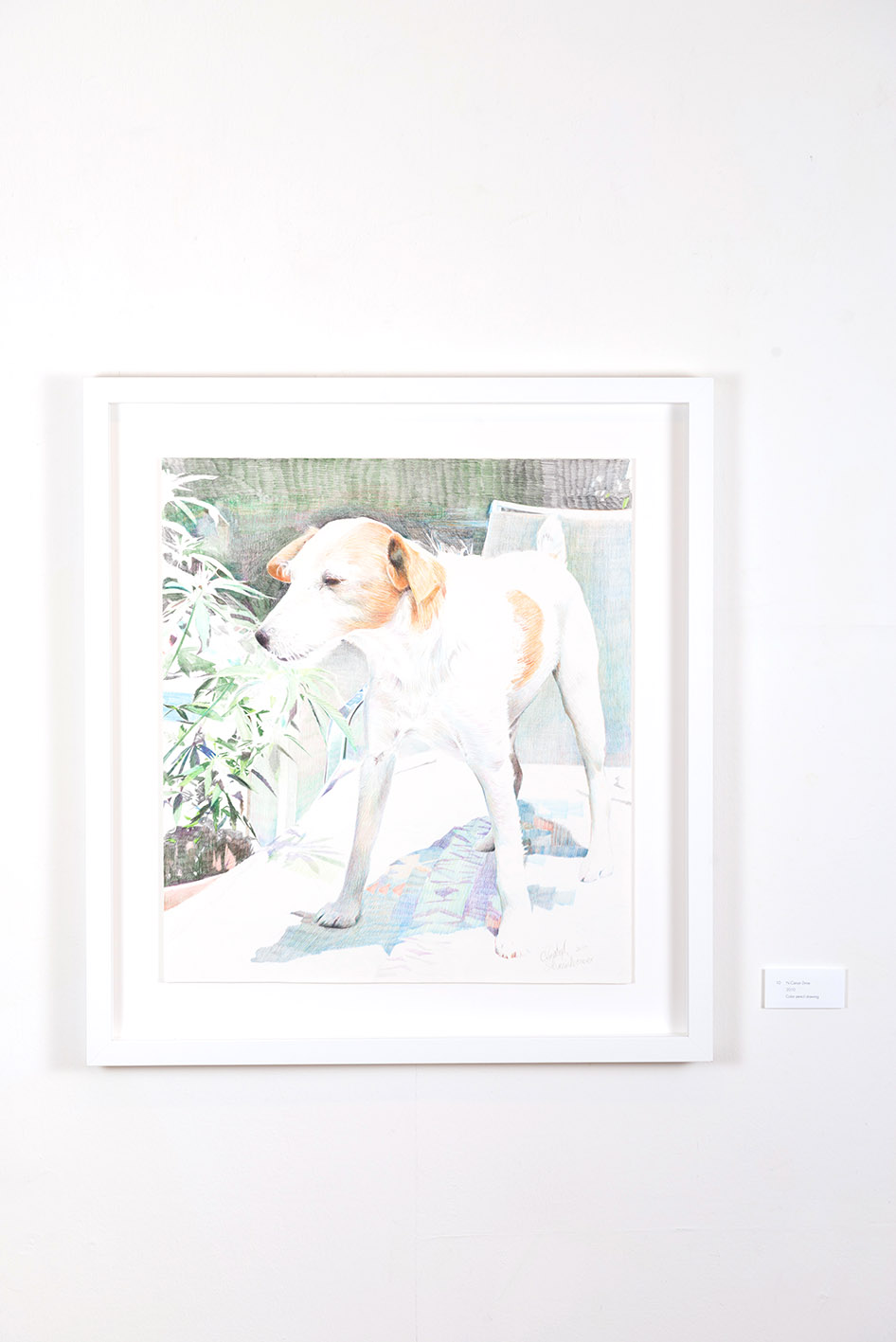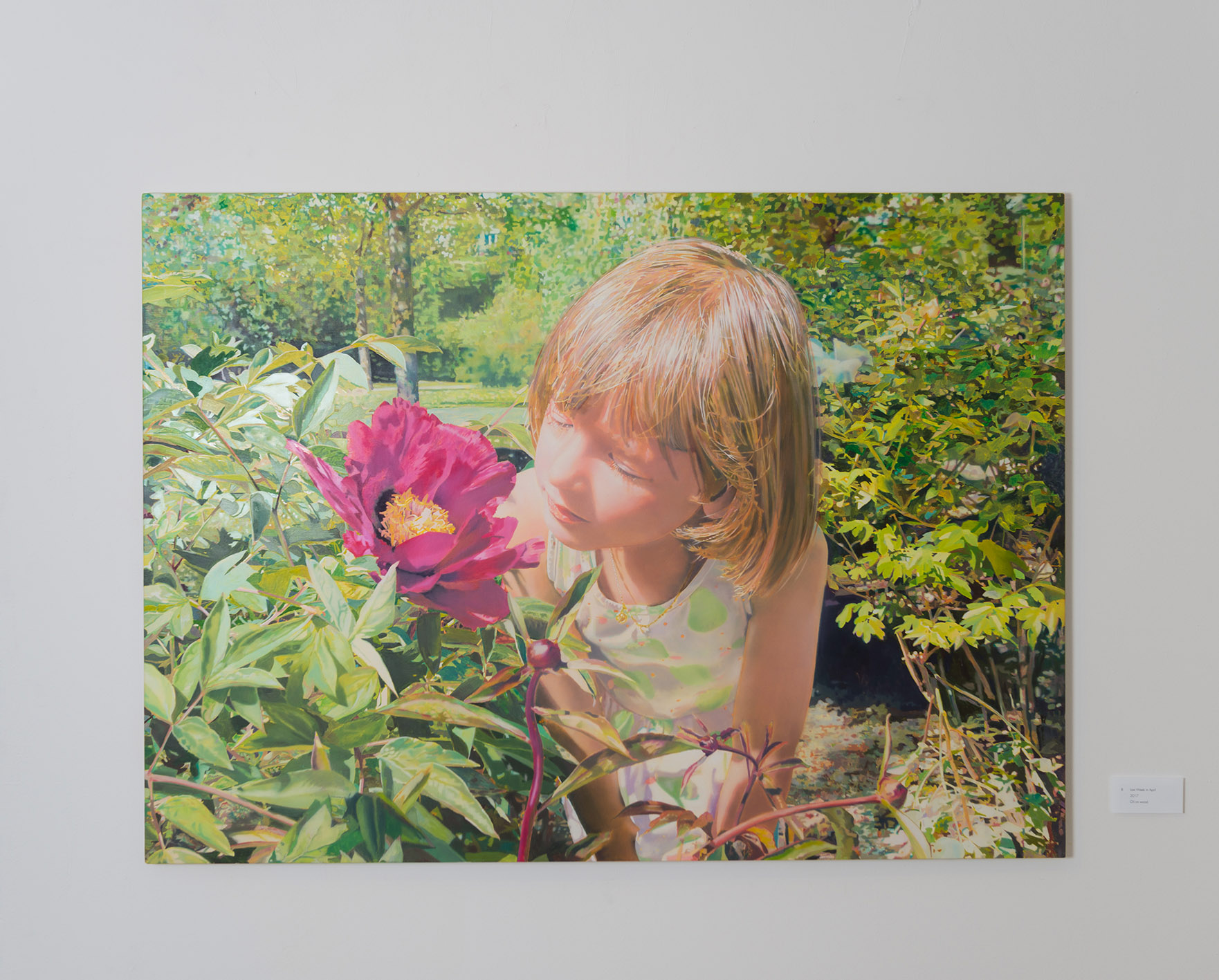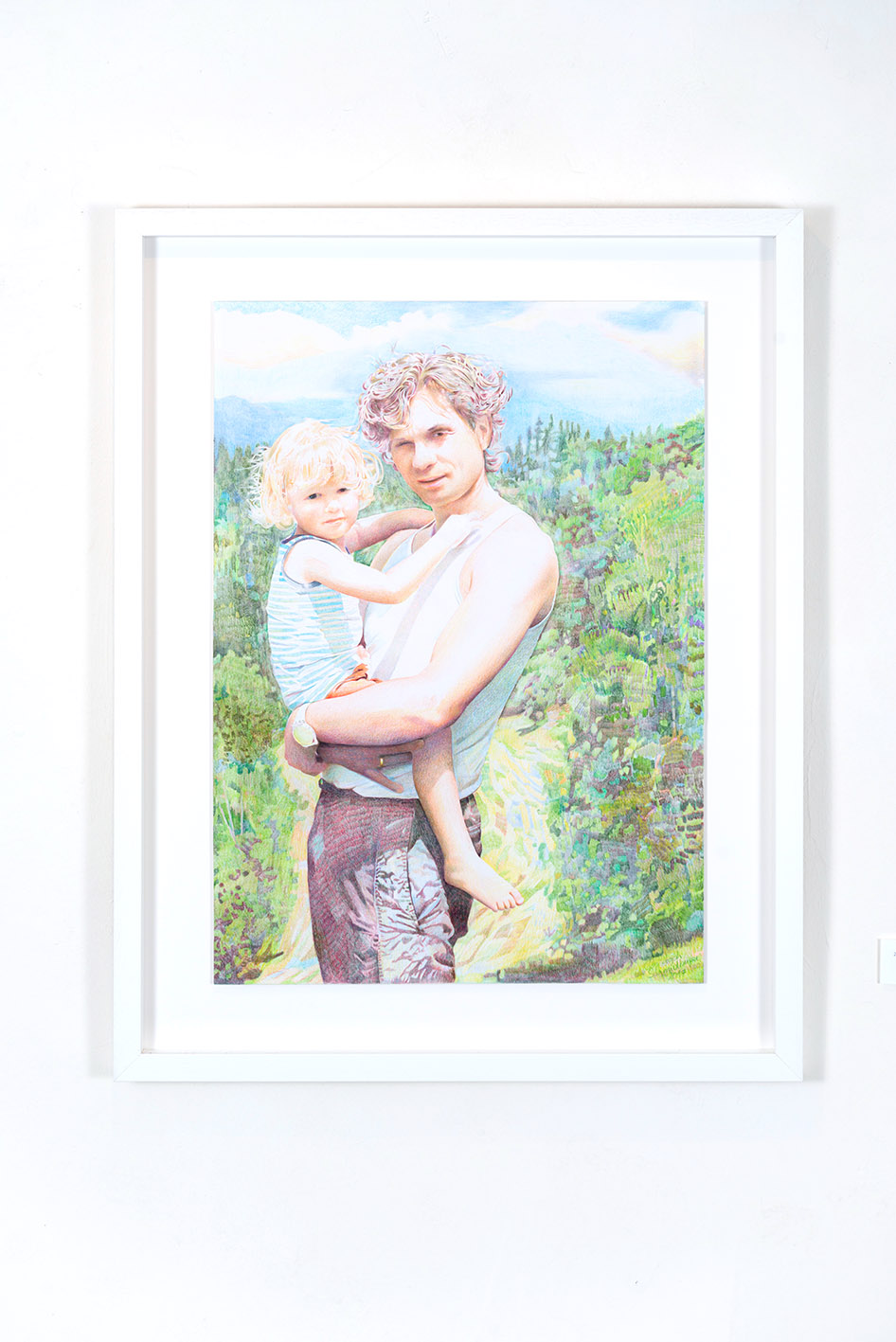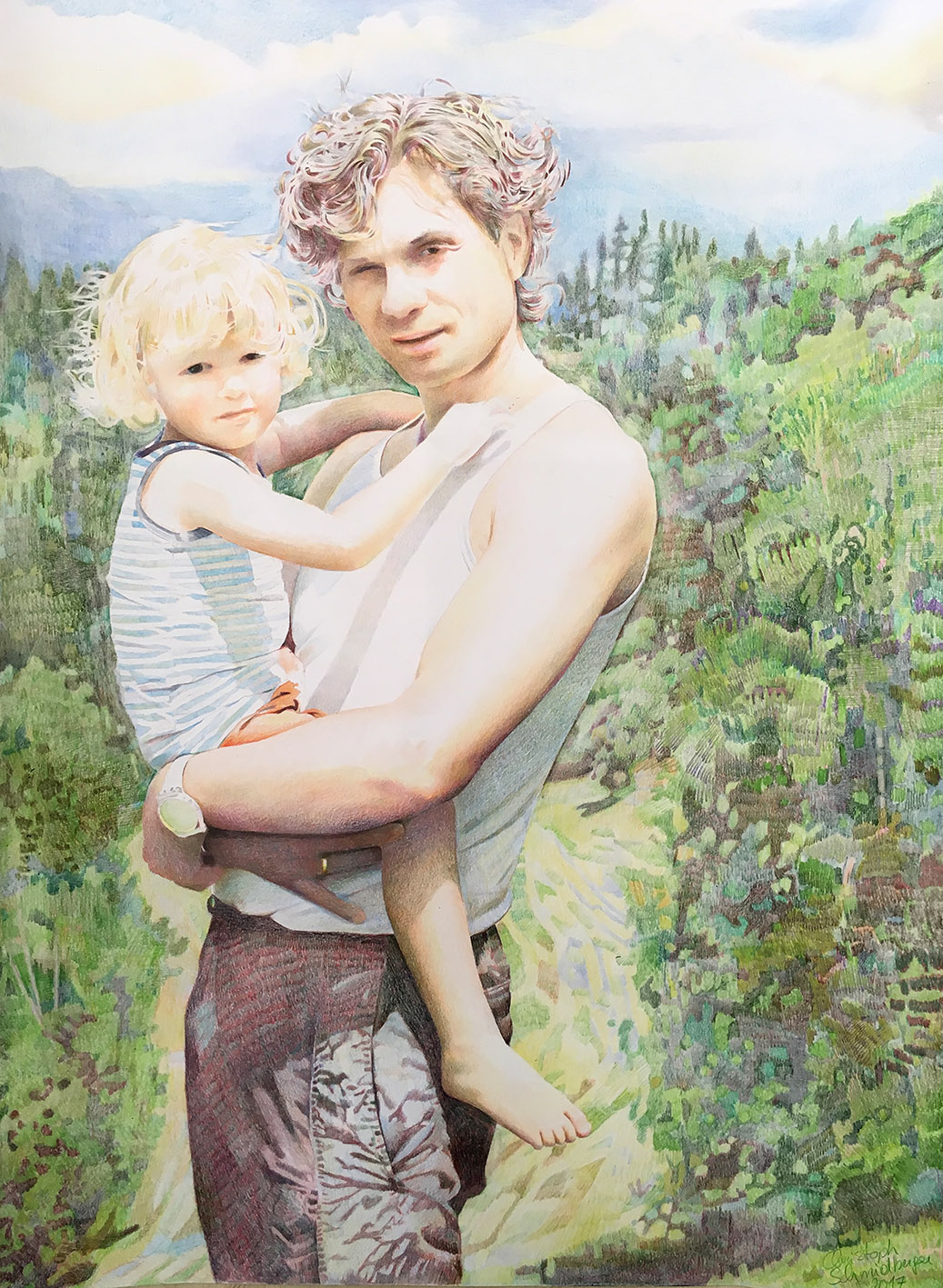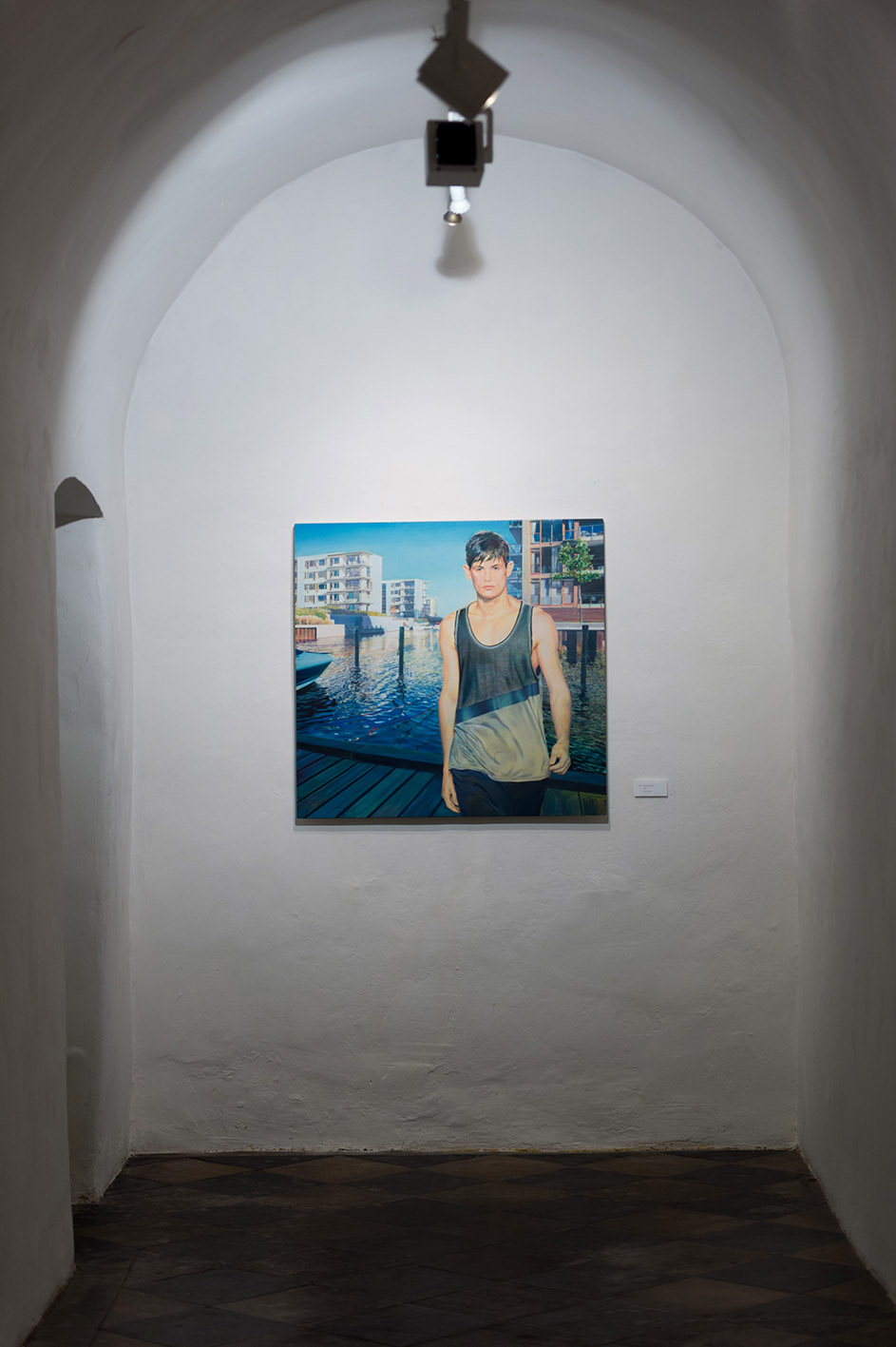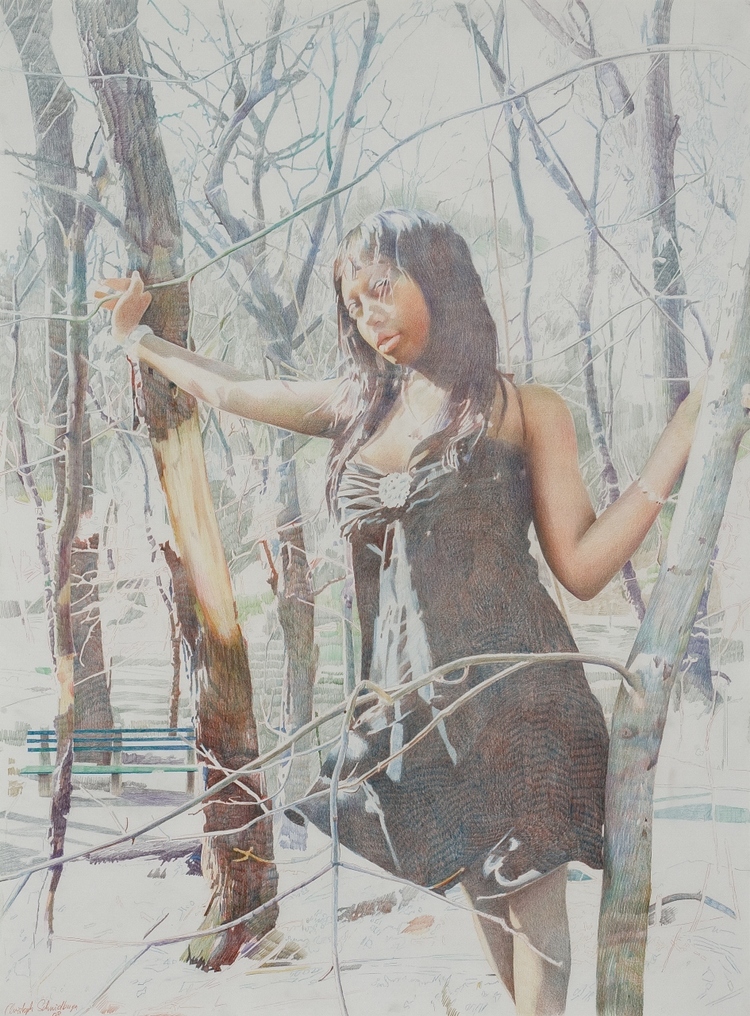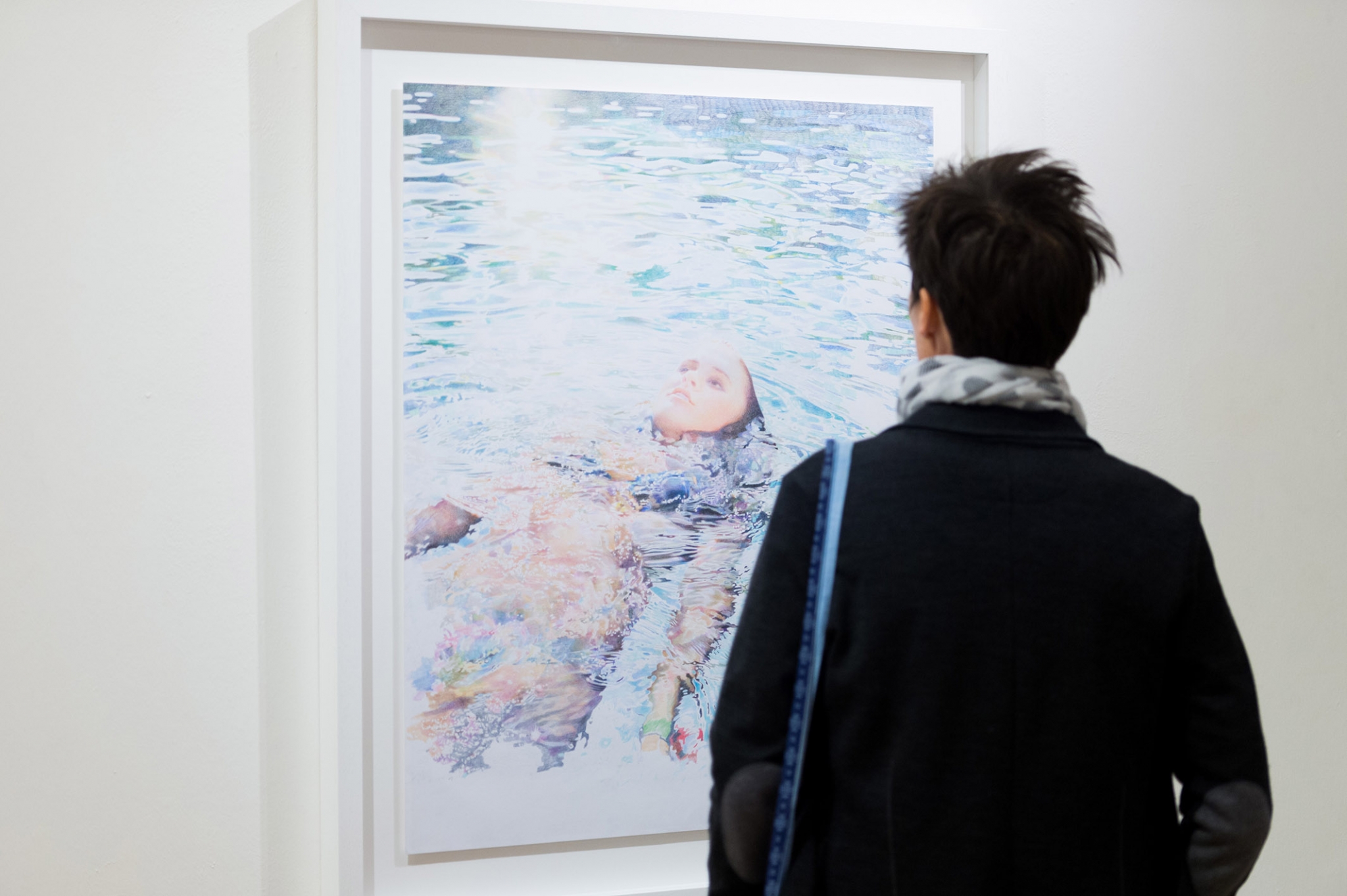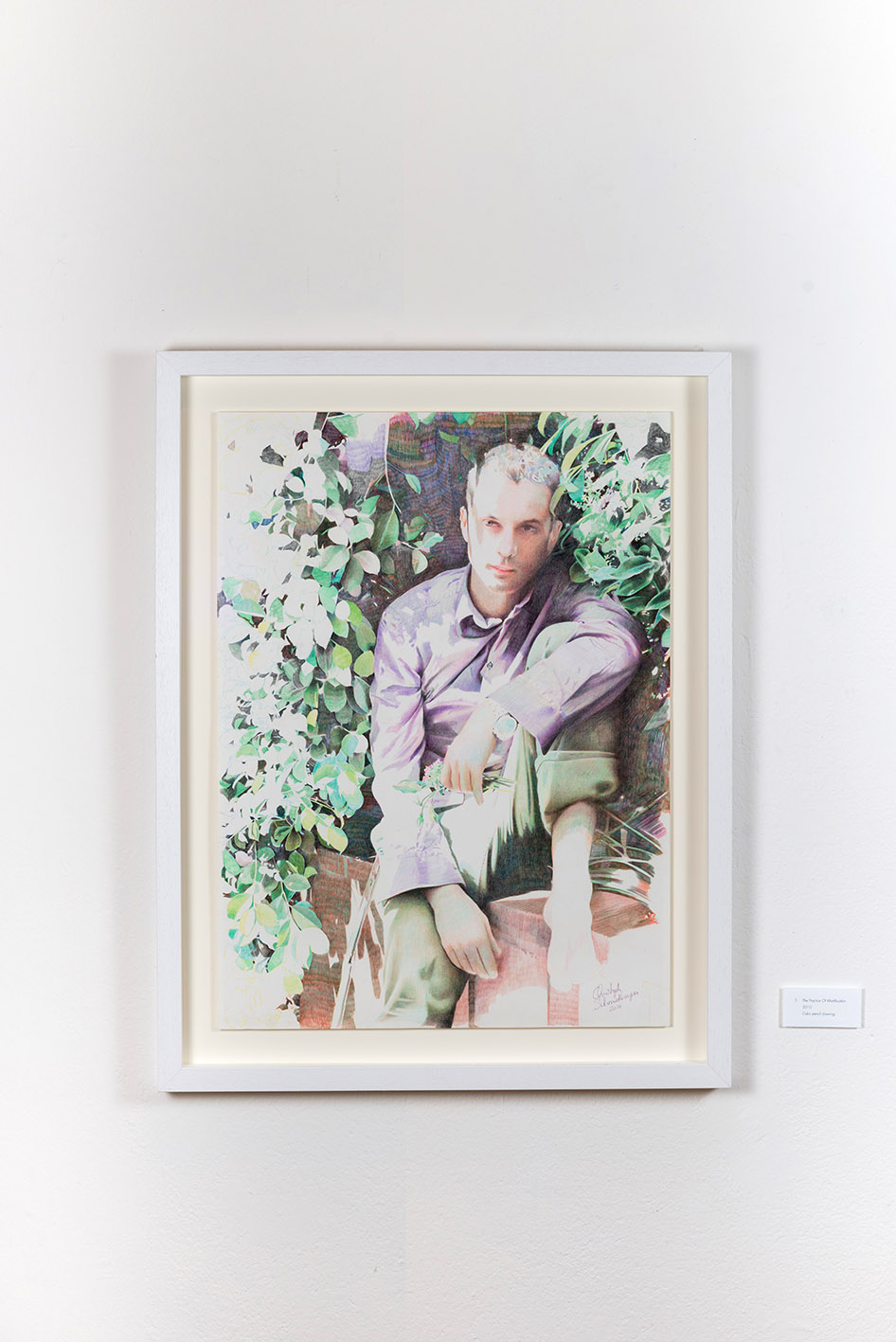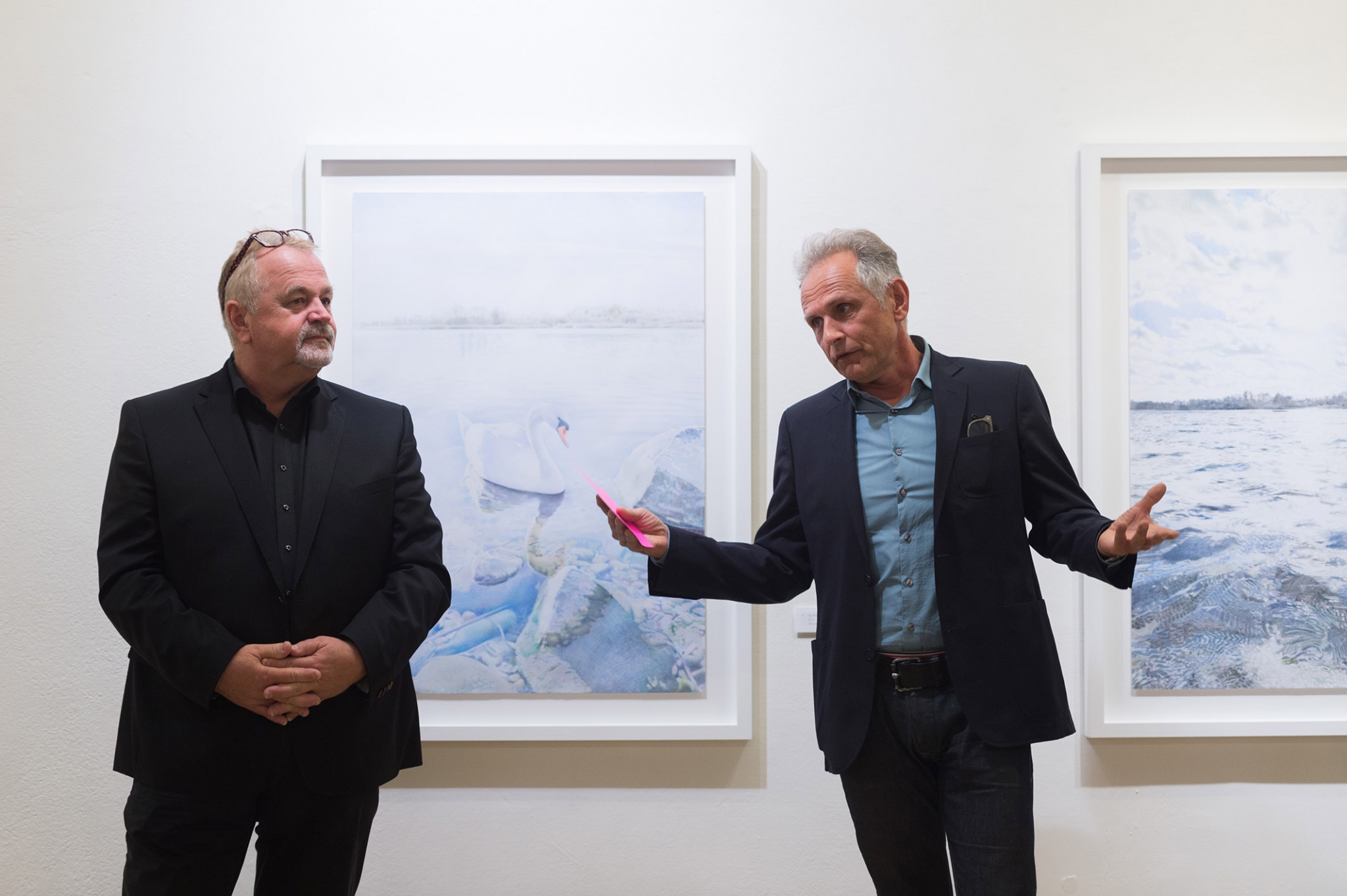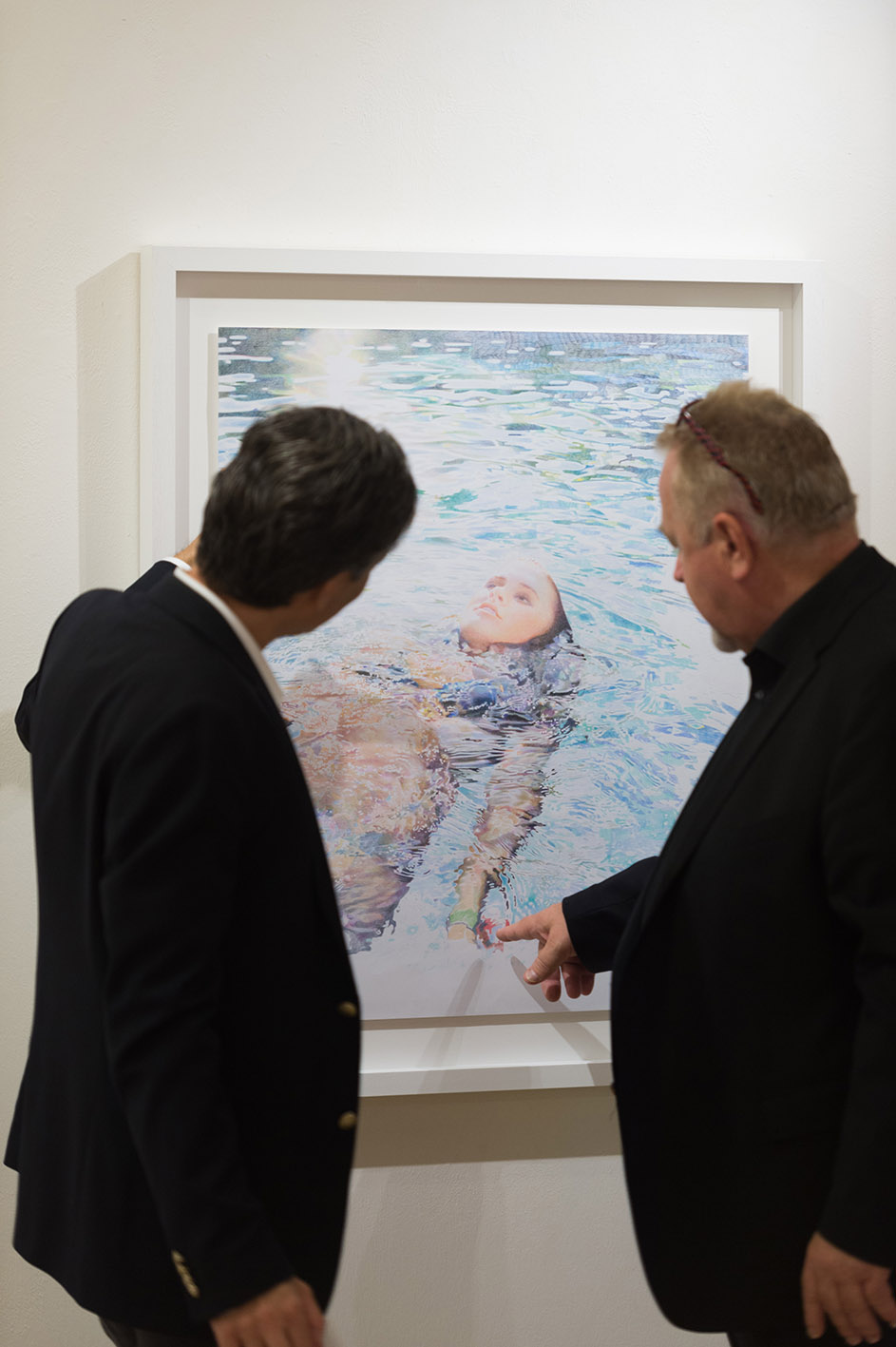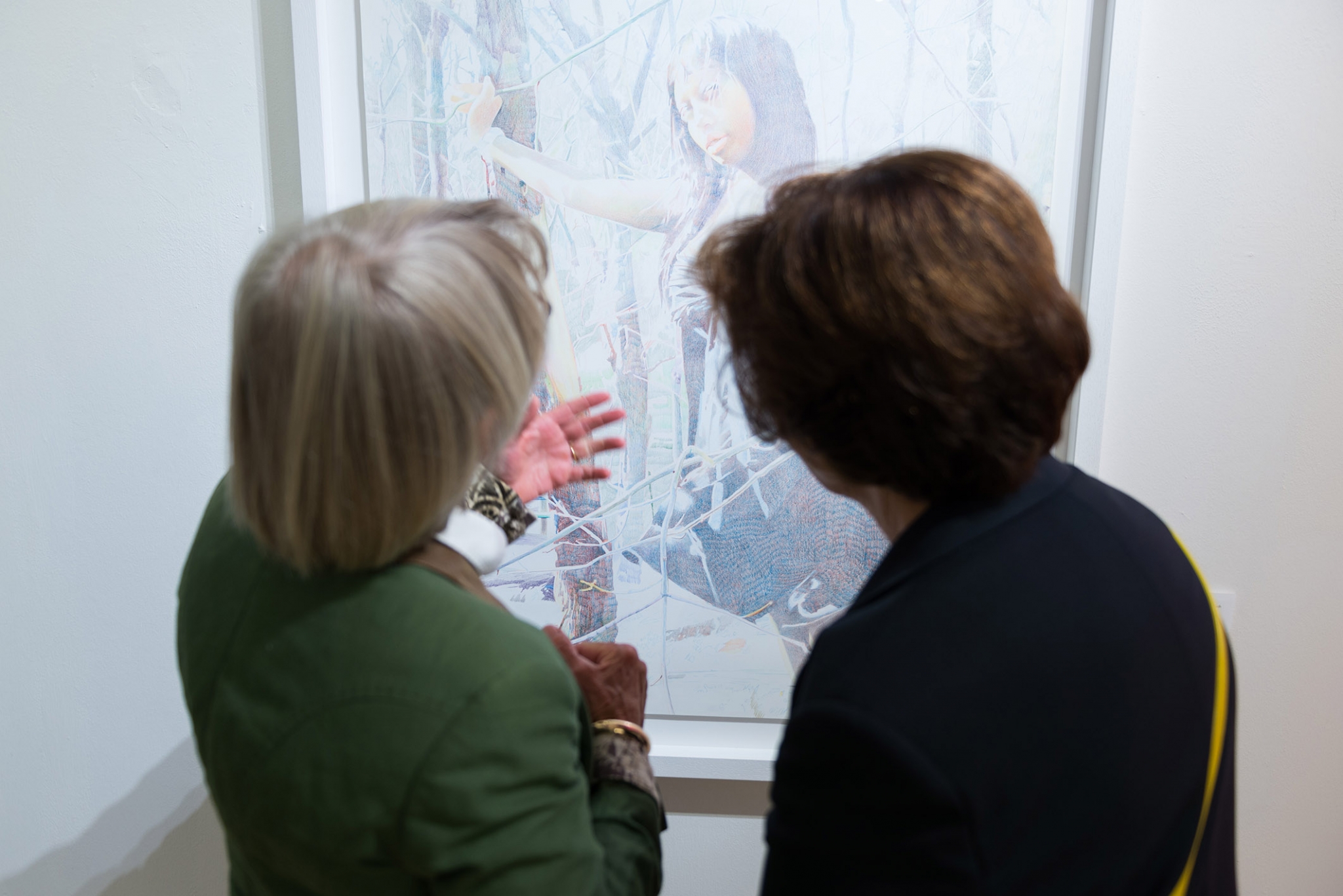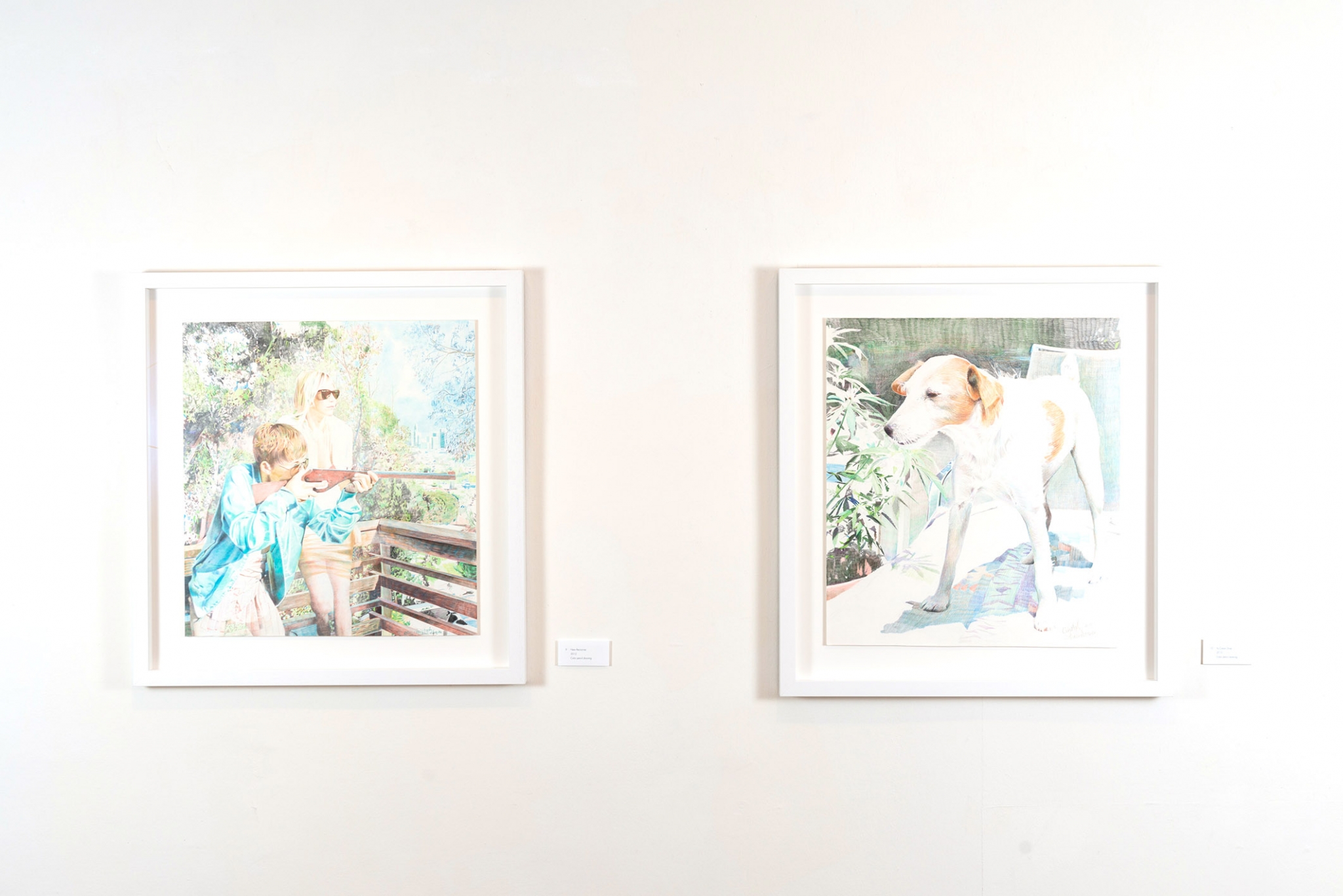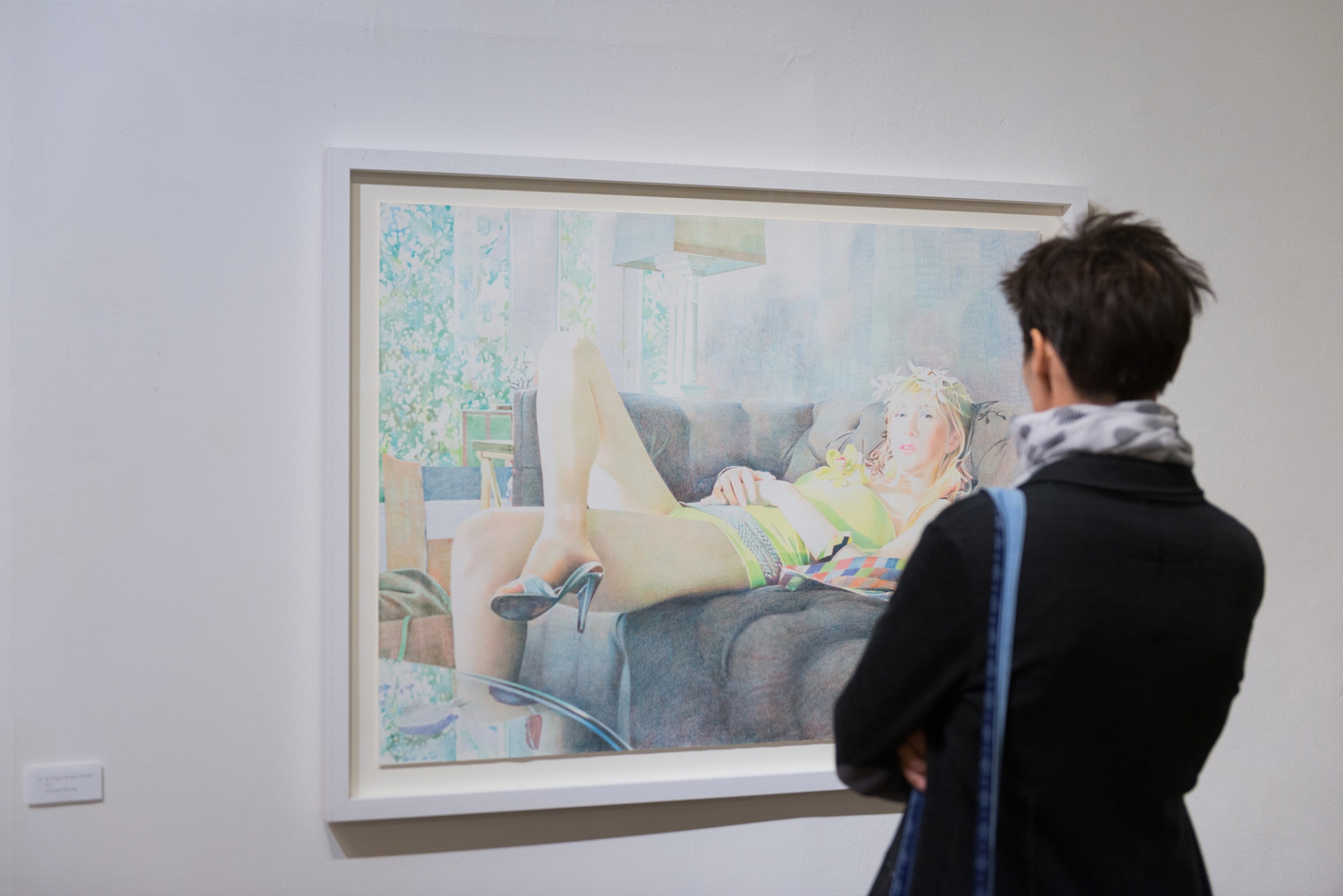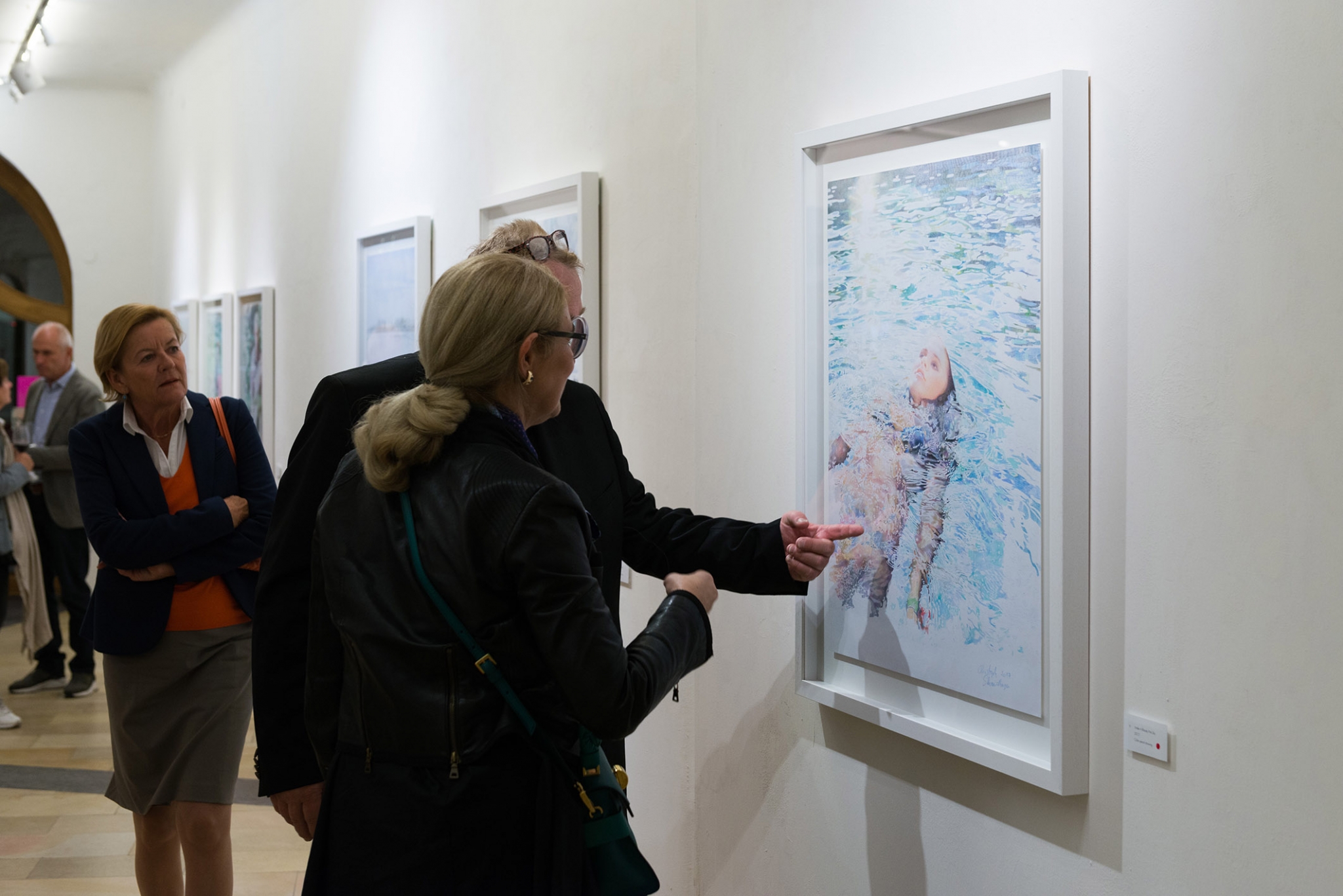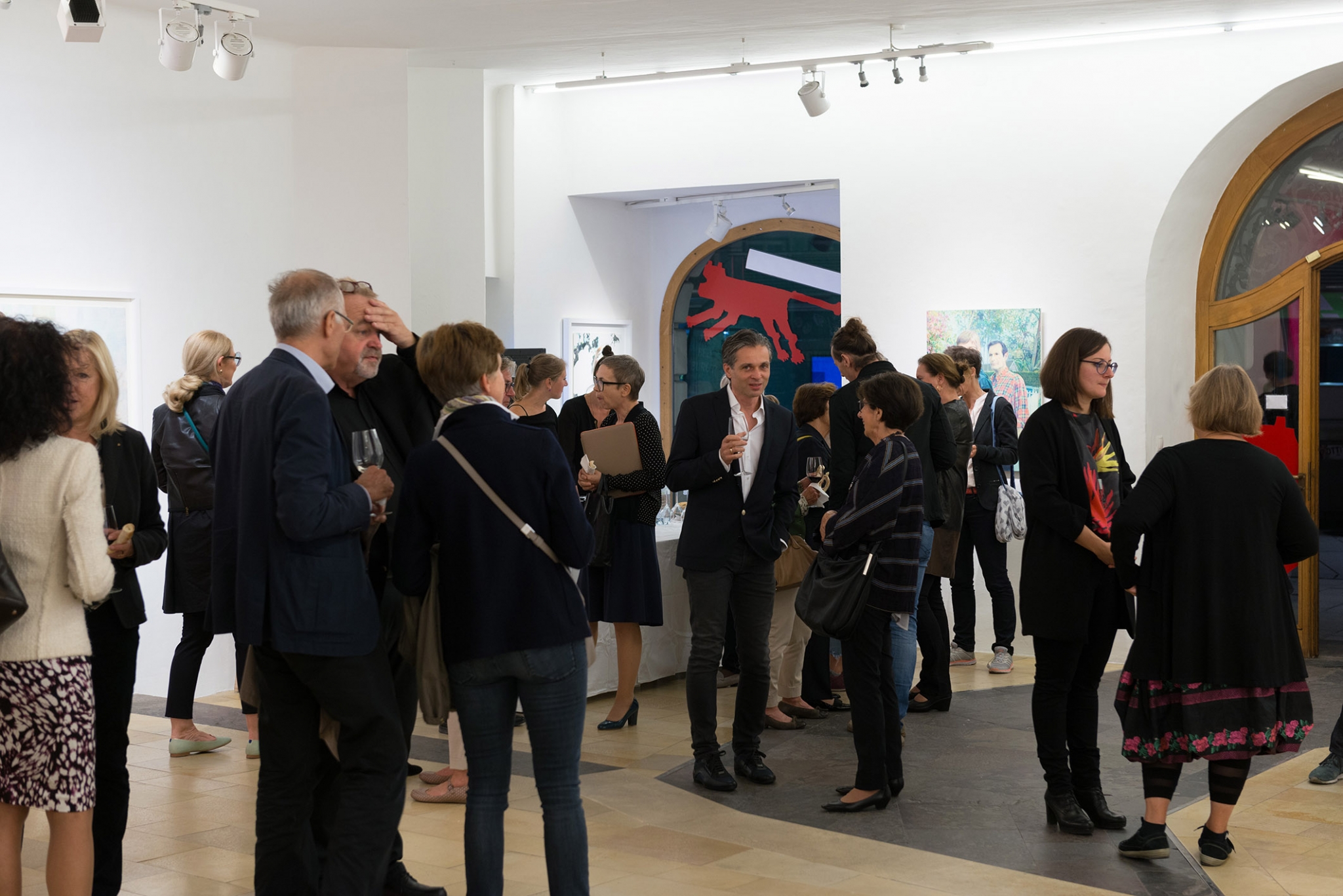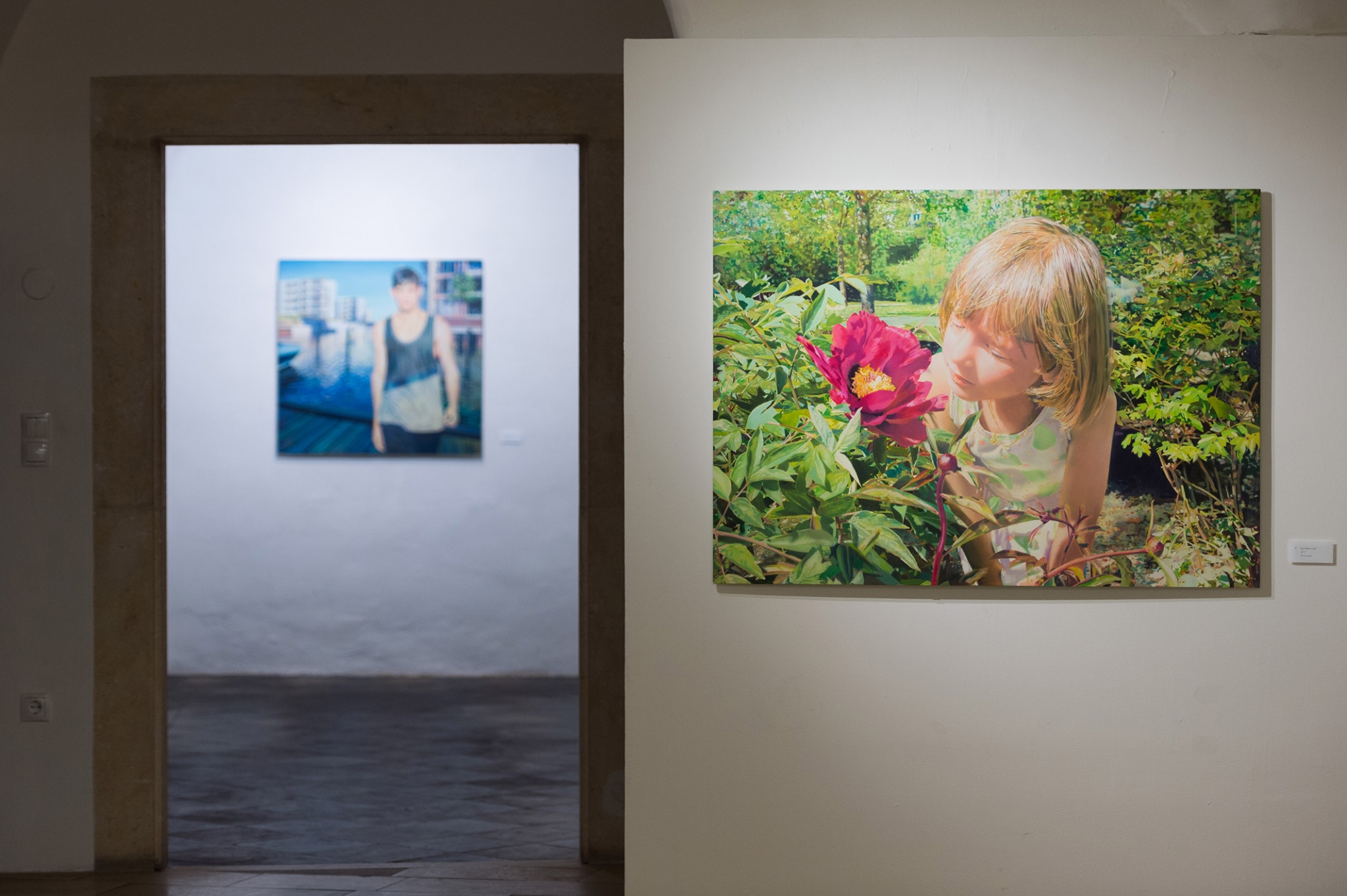OPENING on Tuesday, 17th of october 2017, 7pm at gallery Reinisch, Hauptplatz 6 Graz
INTRODUCTION Günther Holler-Schuster
DURATION until 11th of november
It’s the brilliant realism, perfect technique and seemingly simple contents of his images that immediately, even magically, draw in observers of Christoph Schmidberger’s works. Their glamorous surface, unsettling imagery and profoundness, only revealed at second glance, are almost impossible to elude. The scenes of Schmidberger’s drawings are snapshot-like, seemingly taken from everyday life. Teenagers, children, landscapes, flowers, religious kitsch objects – usually represented in dazzling light – form the key elements in these ostensibly idyllic accounts of the oh-so ordinary.
At Reinisch Contemporary, Christoph Schmidberger presents coloured-pencil drawings of recent years. The artist – who only just swapped the glamorous world of Hollywood and California’s ‘endless summer’ for the alpine solitude of rural Austria – presents images that appear to have sprung from the hedonism of the 1990s. Under the radiant Californian sun, memories get bleaches out. Glaring light mercilessly reveals all yet still shrouds the abyss into which daily life is about to plunge, or rather, out of which its protagonists appear to have risen. High-strung emotions, sultry eroticism and taboos – recently broken or about to be – determine the atmosphere of these works. A taboo marks the point where erotic energy coalesces and reaches a new quality, thought Georges Bataille. In the moment of beauty, tragedy makes itself felt.
Schmidberger’s images often emerge from intense photo sessions, in which the artist meticulously constructs the scenes. Clichéd notions, originating just as much in inflationary media and advertising visuals as the common image patterns of a generalised, private-snapshot aesthetic or art history’s familiar visual concepts. In the latter case, it does not matter whether a young man cradles a small boy or a young woman in his arm –innumerable, stereotypical representations of the Madonna of art history come to mind. As such, the religious component adds to the romanticisation of the scenes, making Schmidberger’s realism appear magical.
It is certainly not the visible world that the artist intends to depict. Rather, his images breed another, particular form of life in which the everyday fuses with the cruel to form a meta-level. With that, the figures in his works are stripped of their flaunted innocence. Like the superficial lustre of Schmidberger’s works, which often crumbles in its fragmented presentation, his sceneries tend to tilt into an enigmatic reality that remains in the realm of the imaginary. A very specific narrative appears to be at the bottom of all of this. Its linearity, however, is no longer decipherable. Thus, Christoph Schmidberger’s images – both his drawings and paintings – remain fragmented splinters of a memory, evidence of high emotion and erotic charge.
Günther Holler-Schuster
